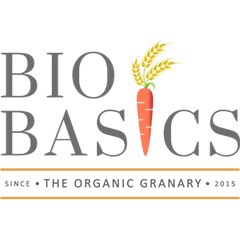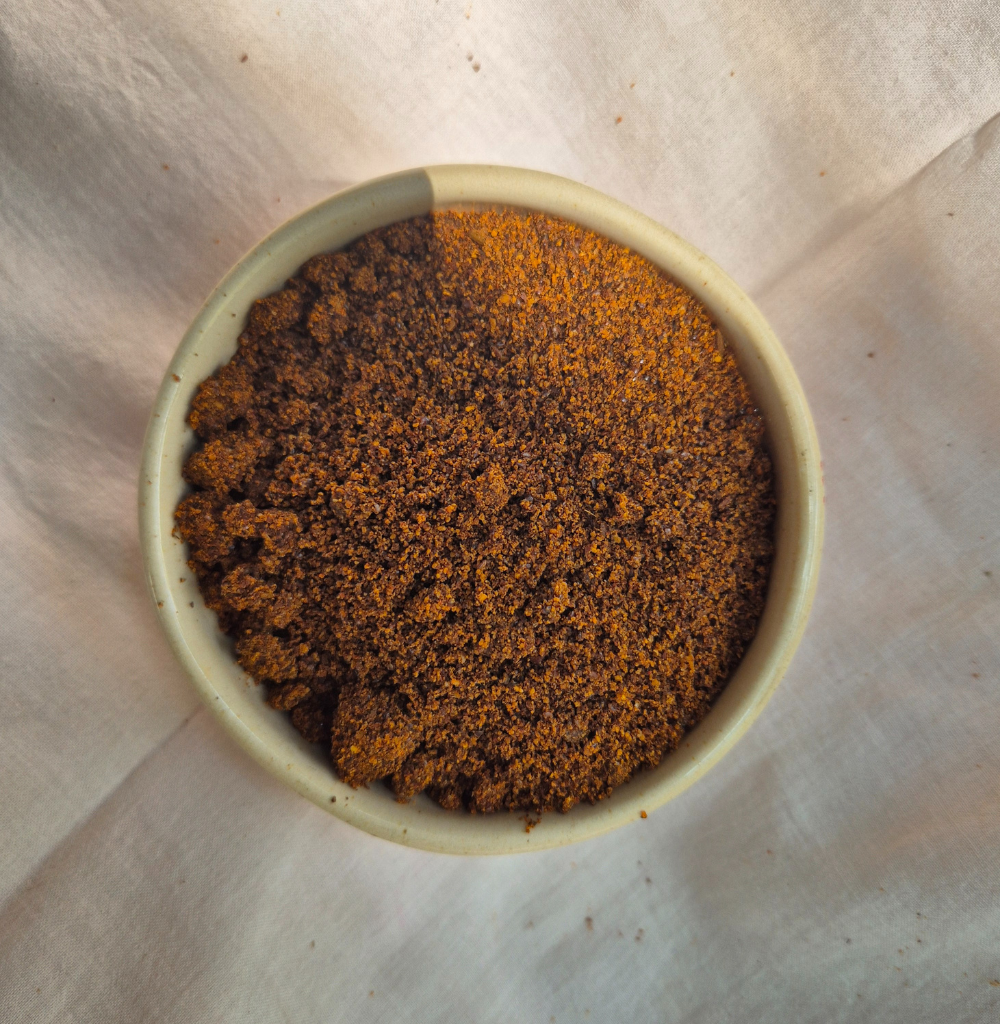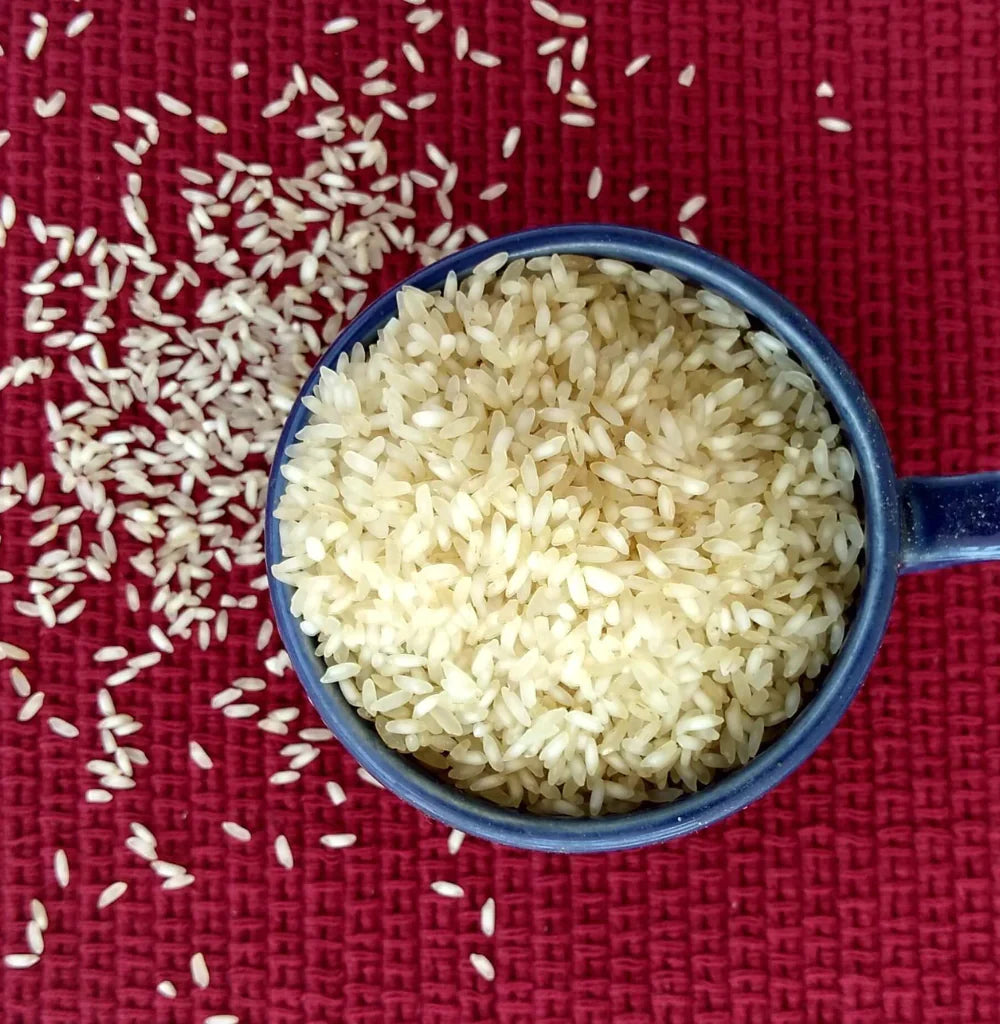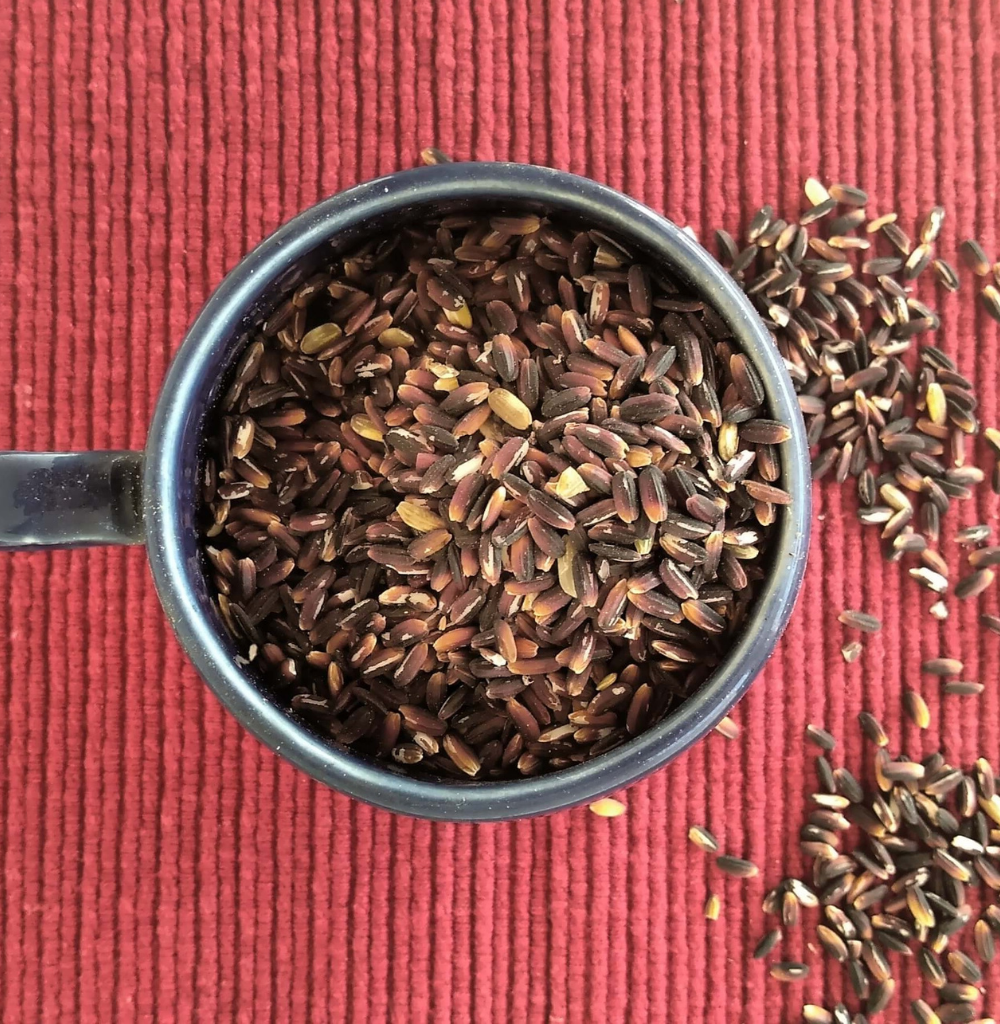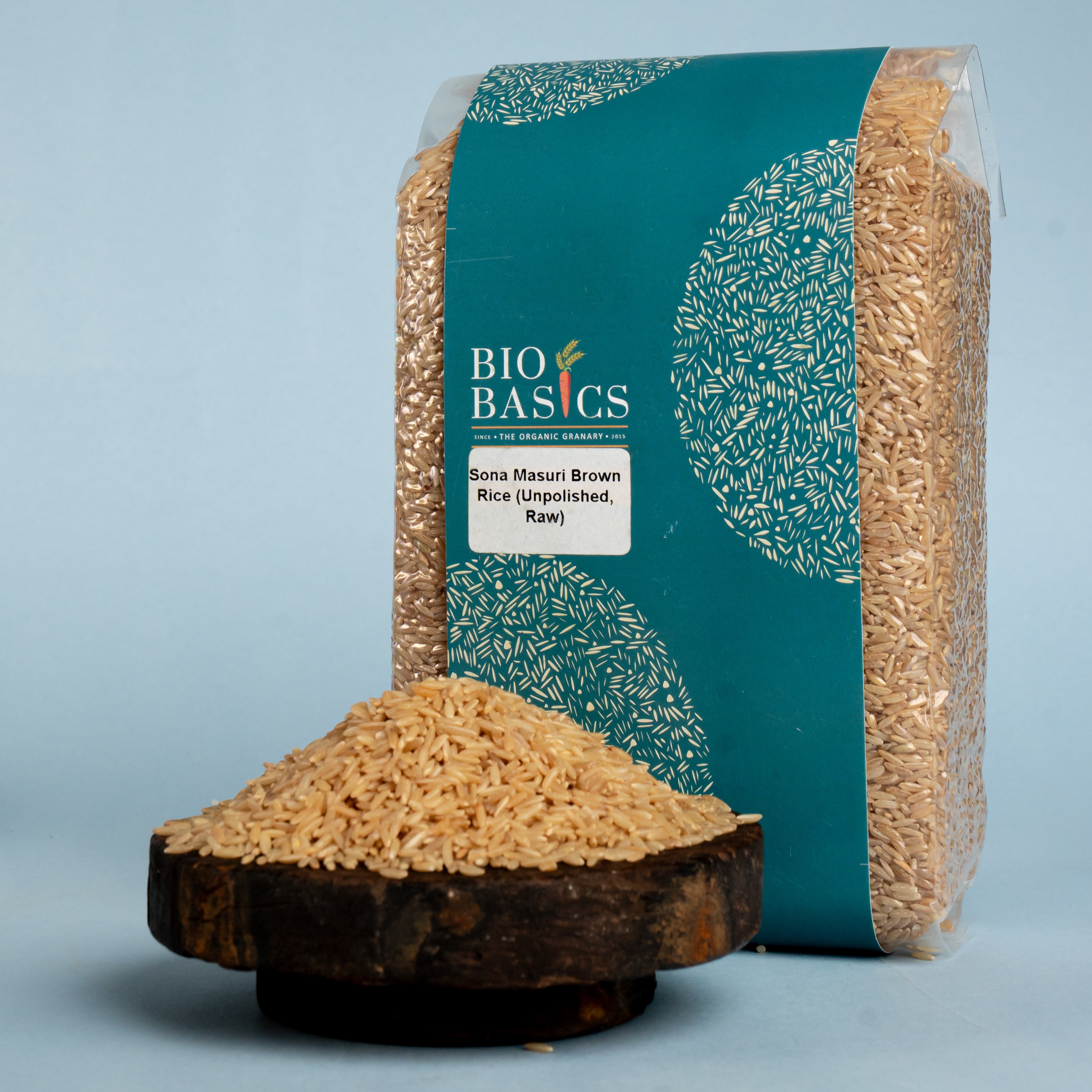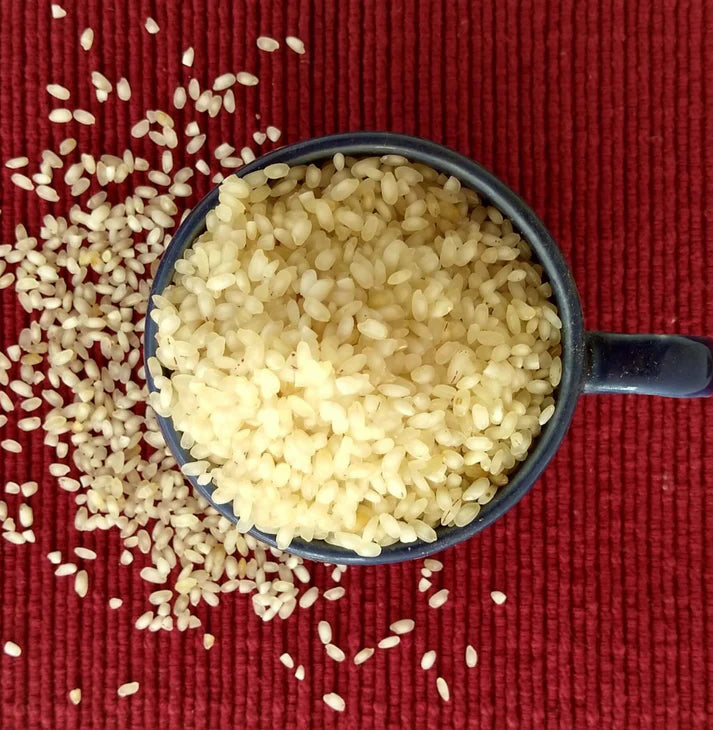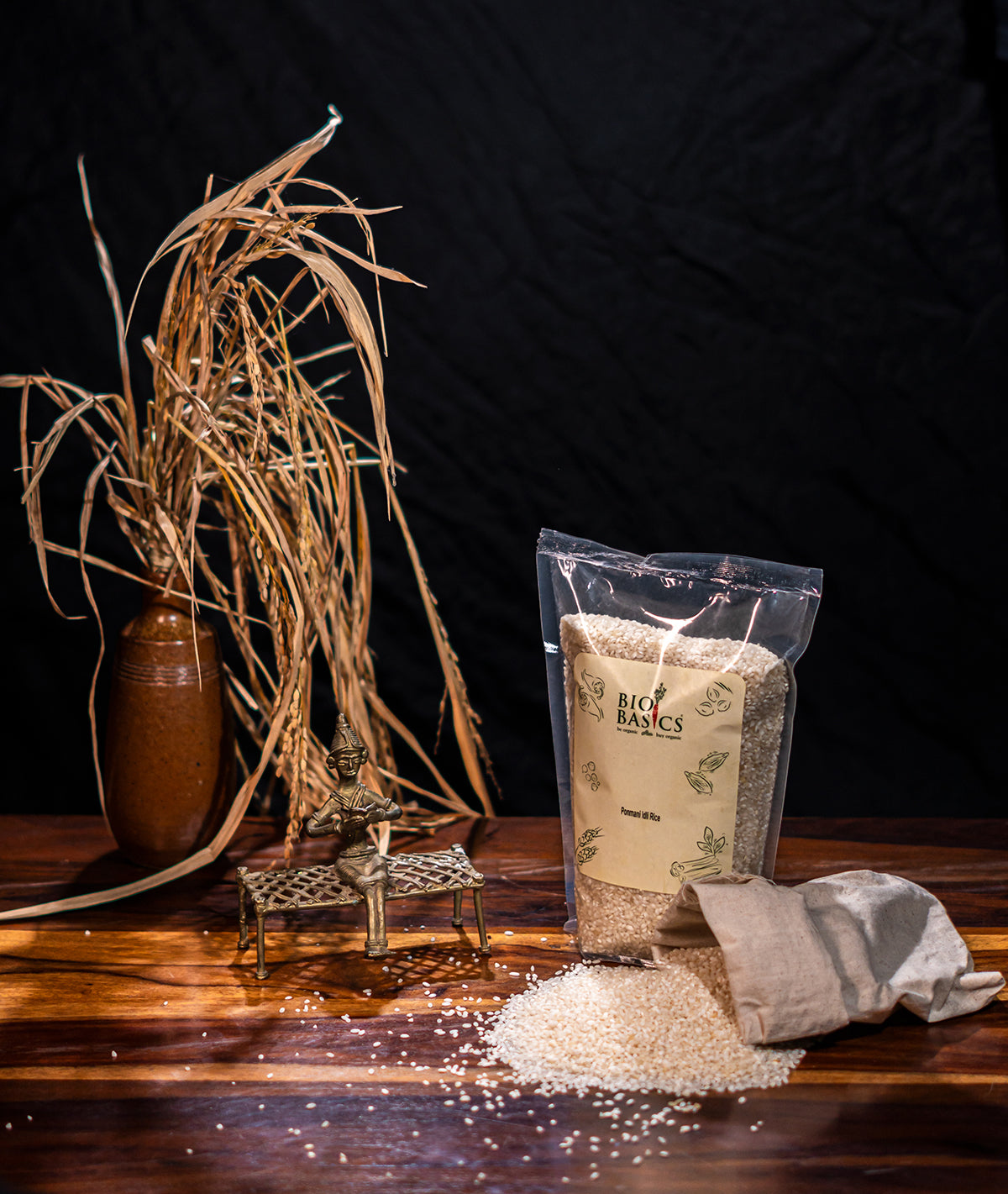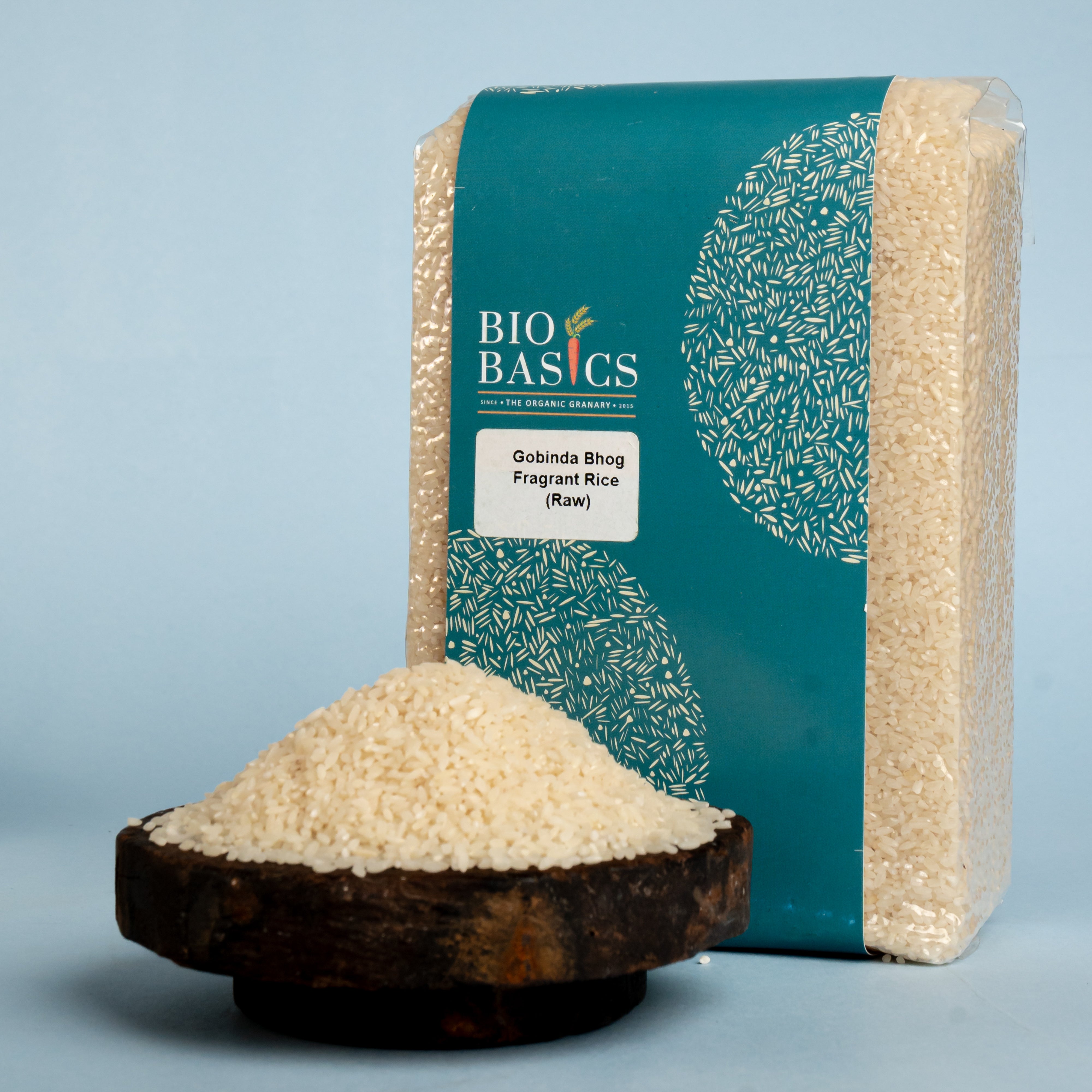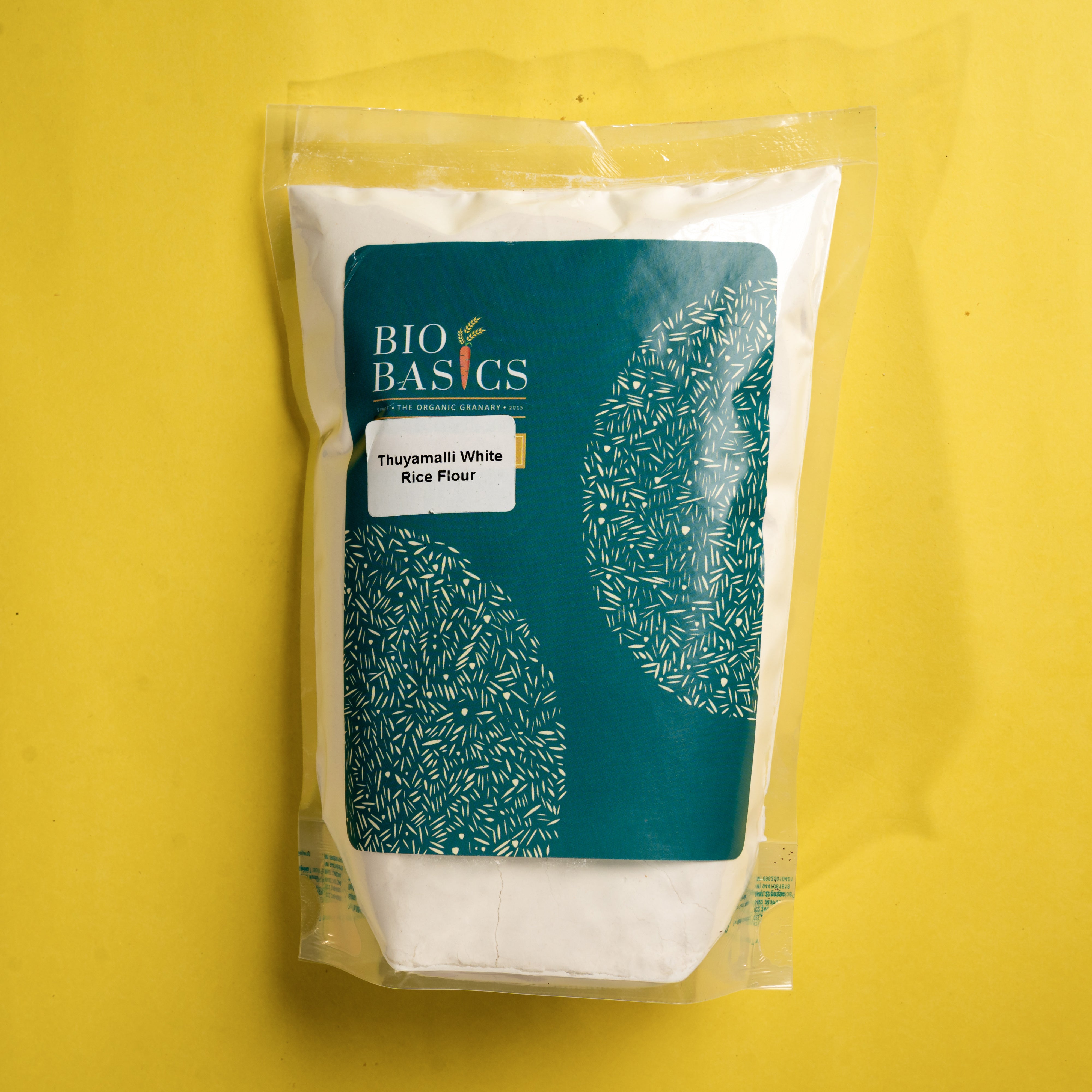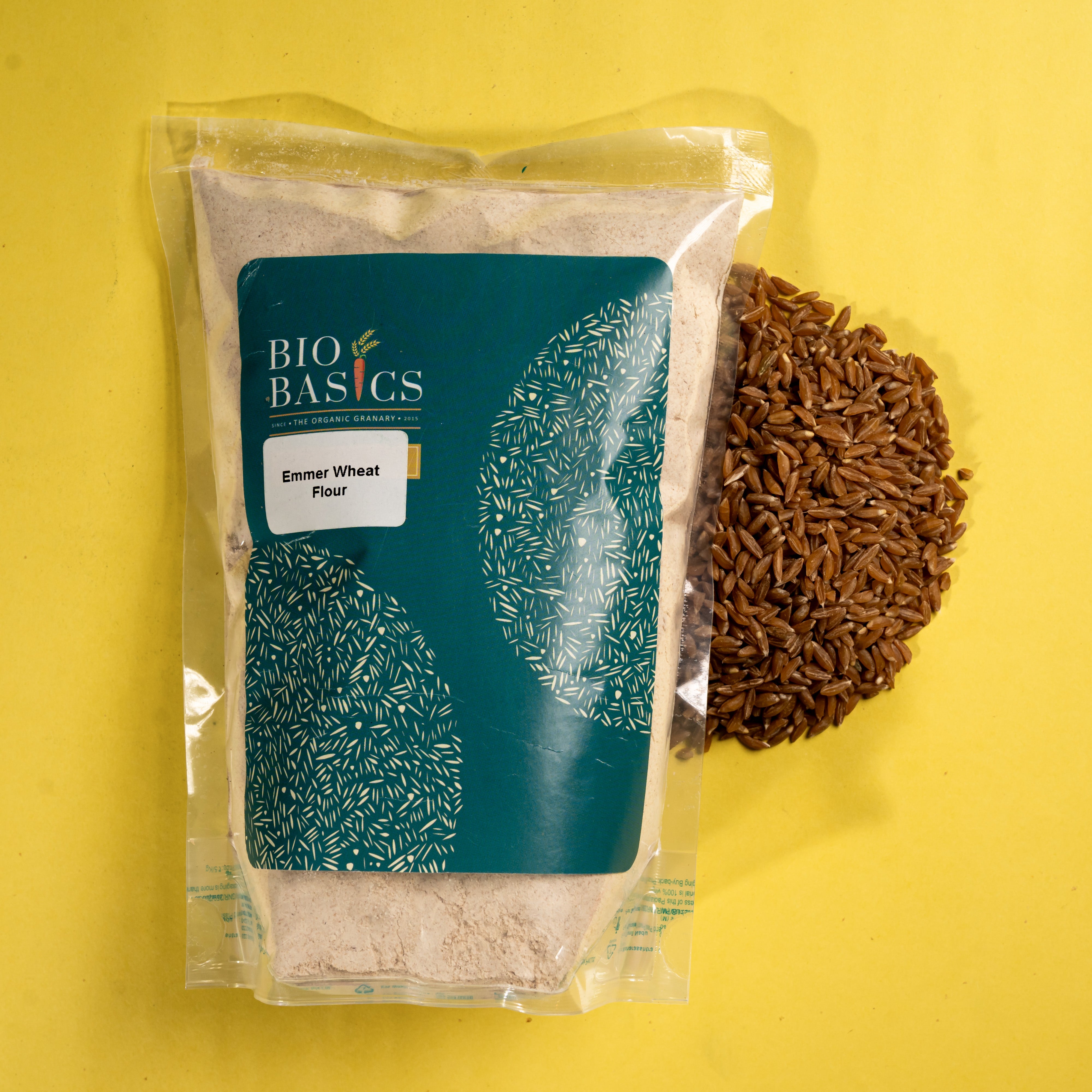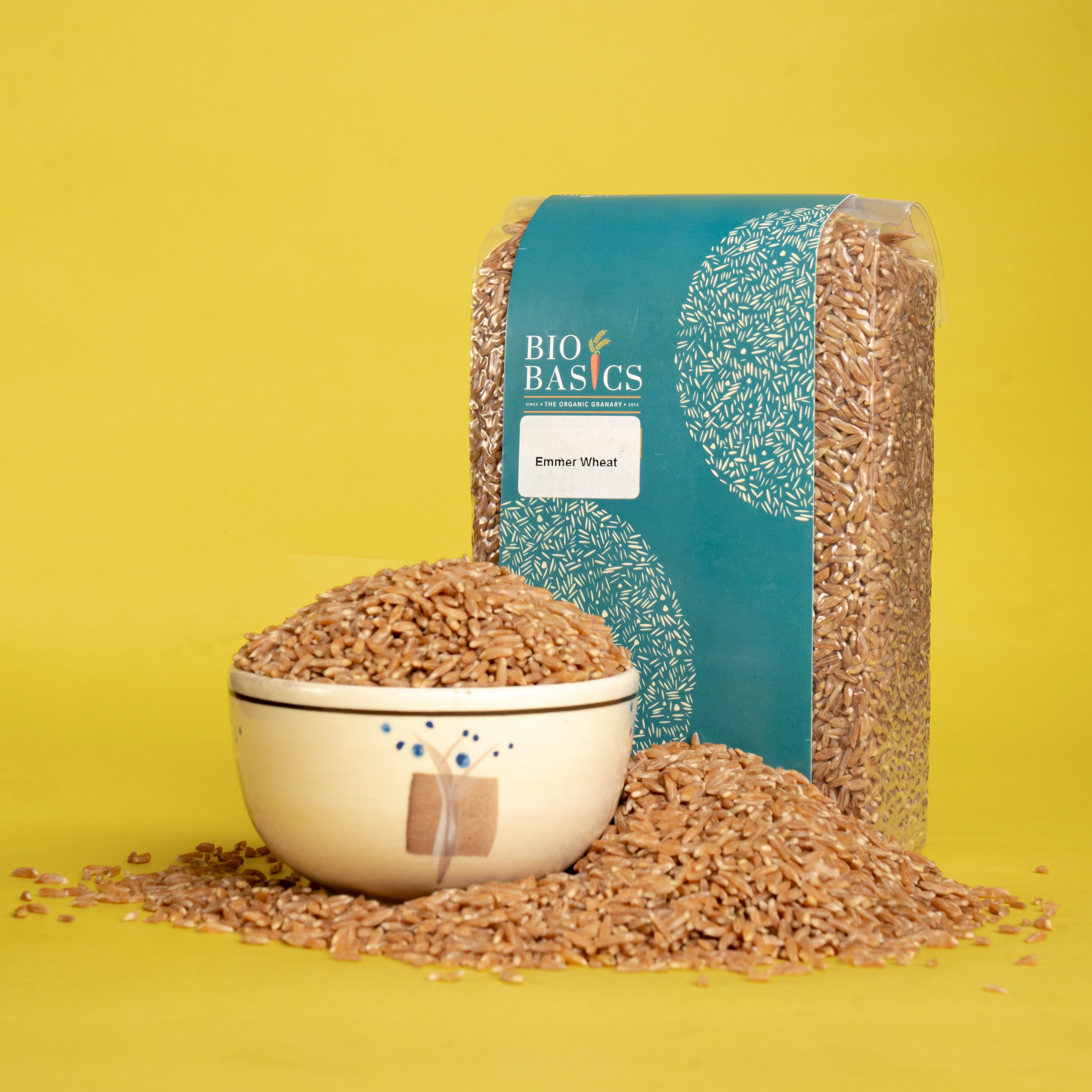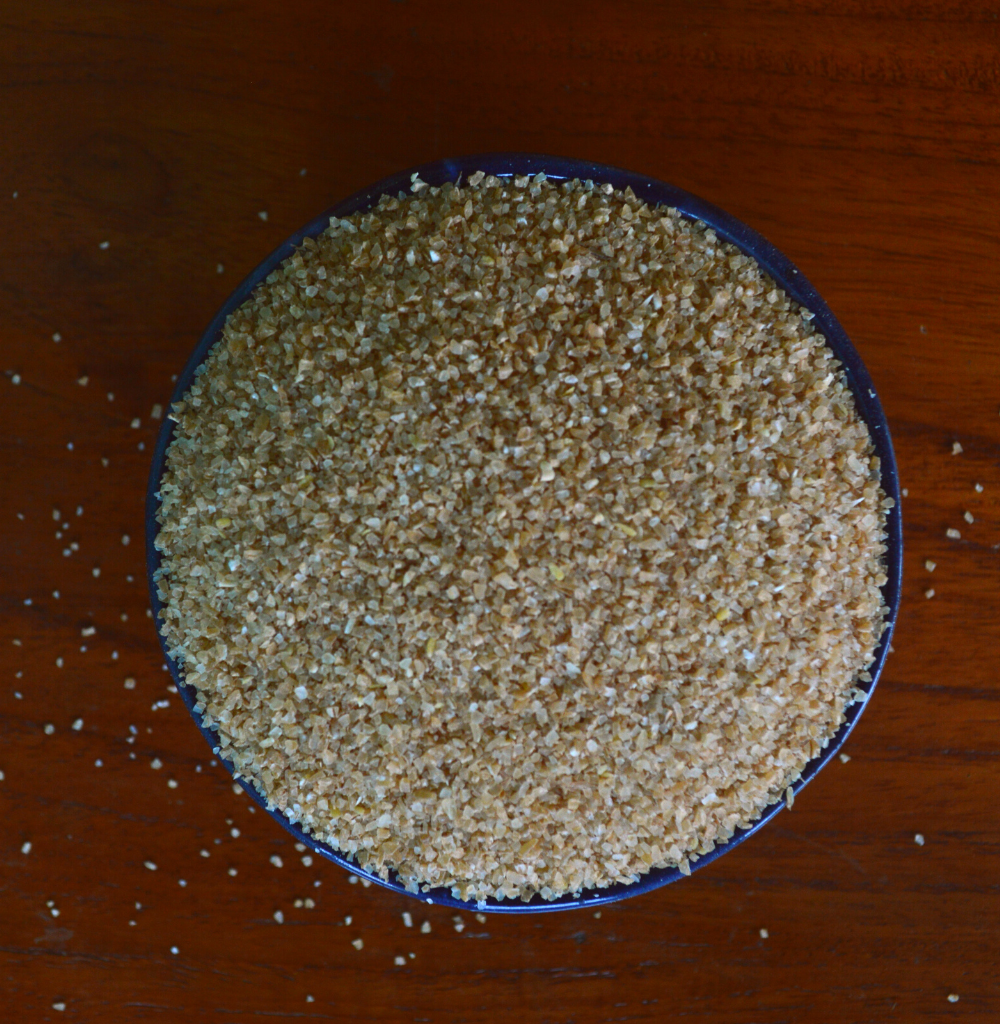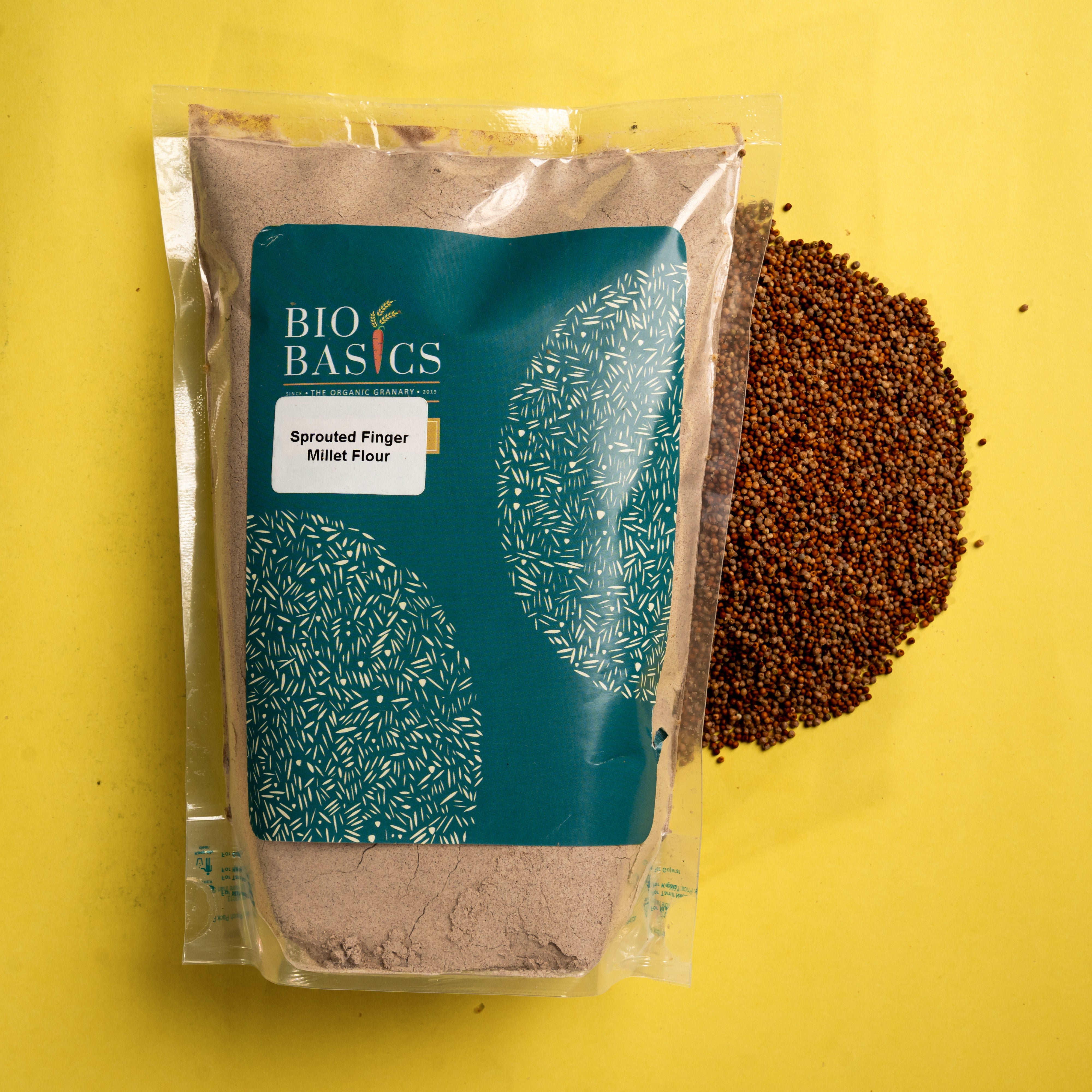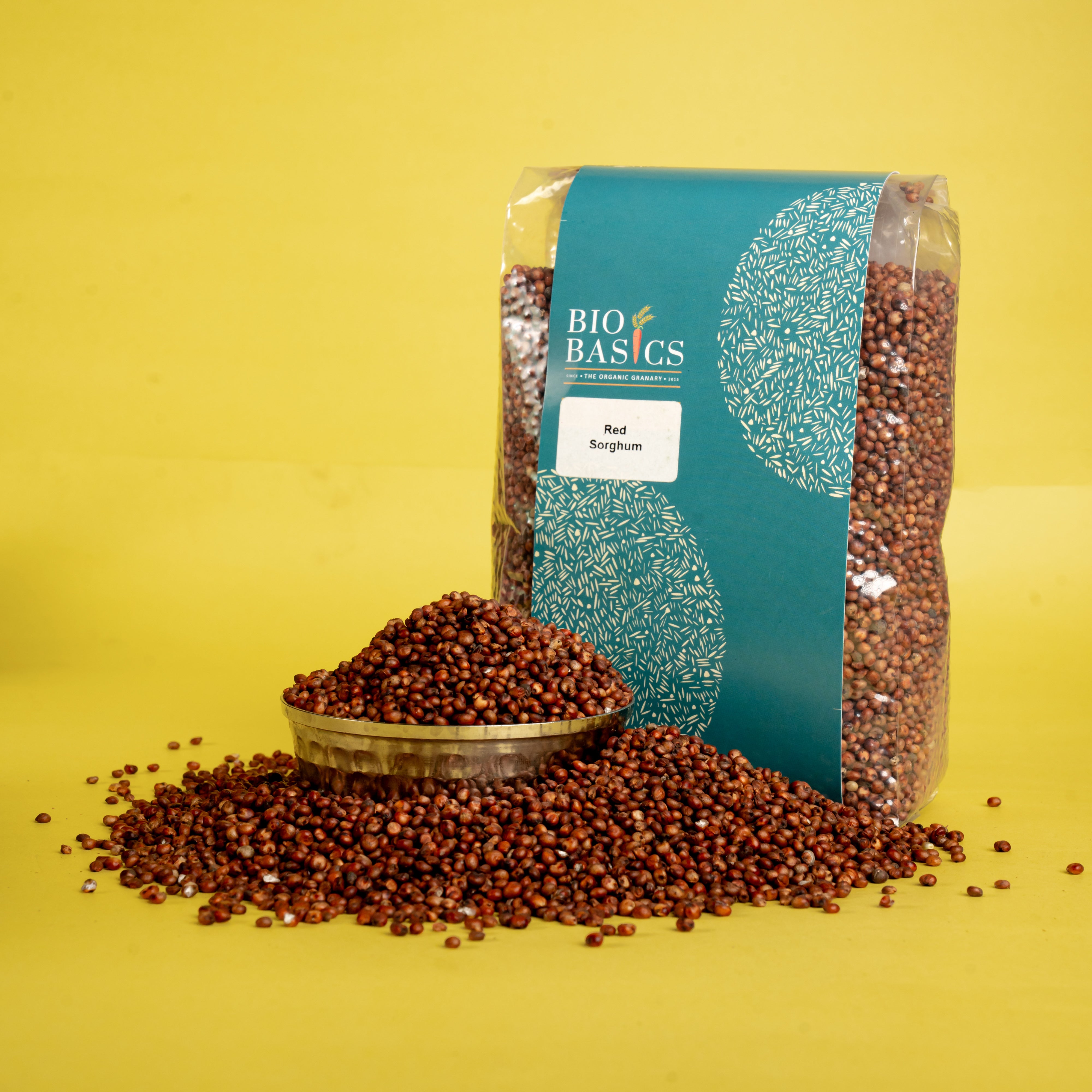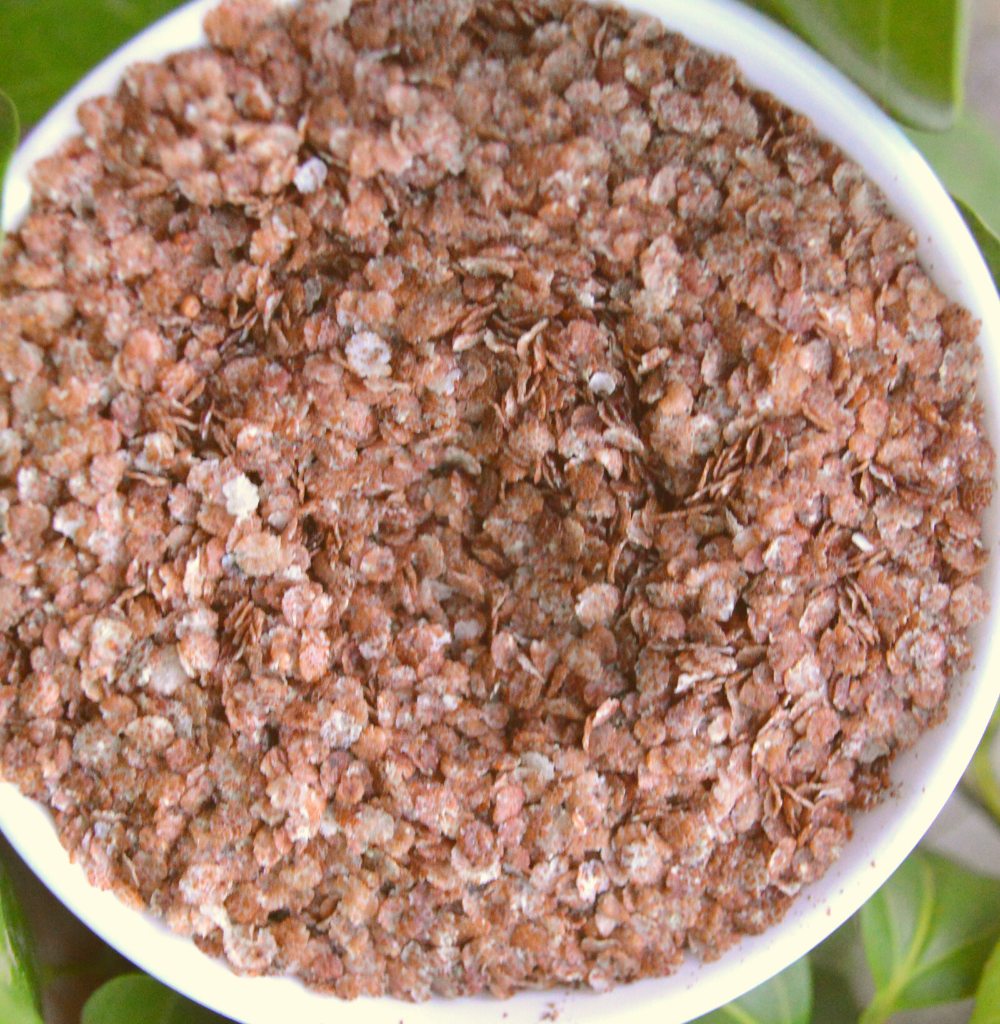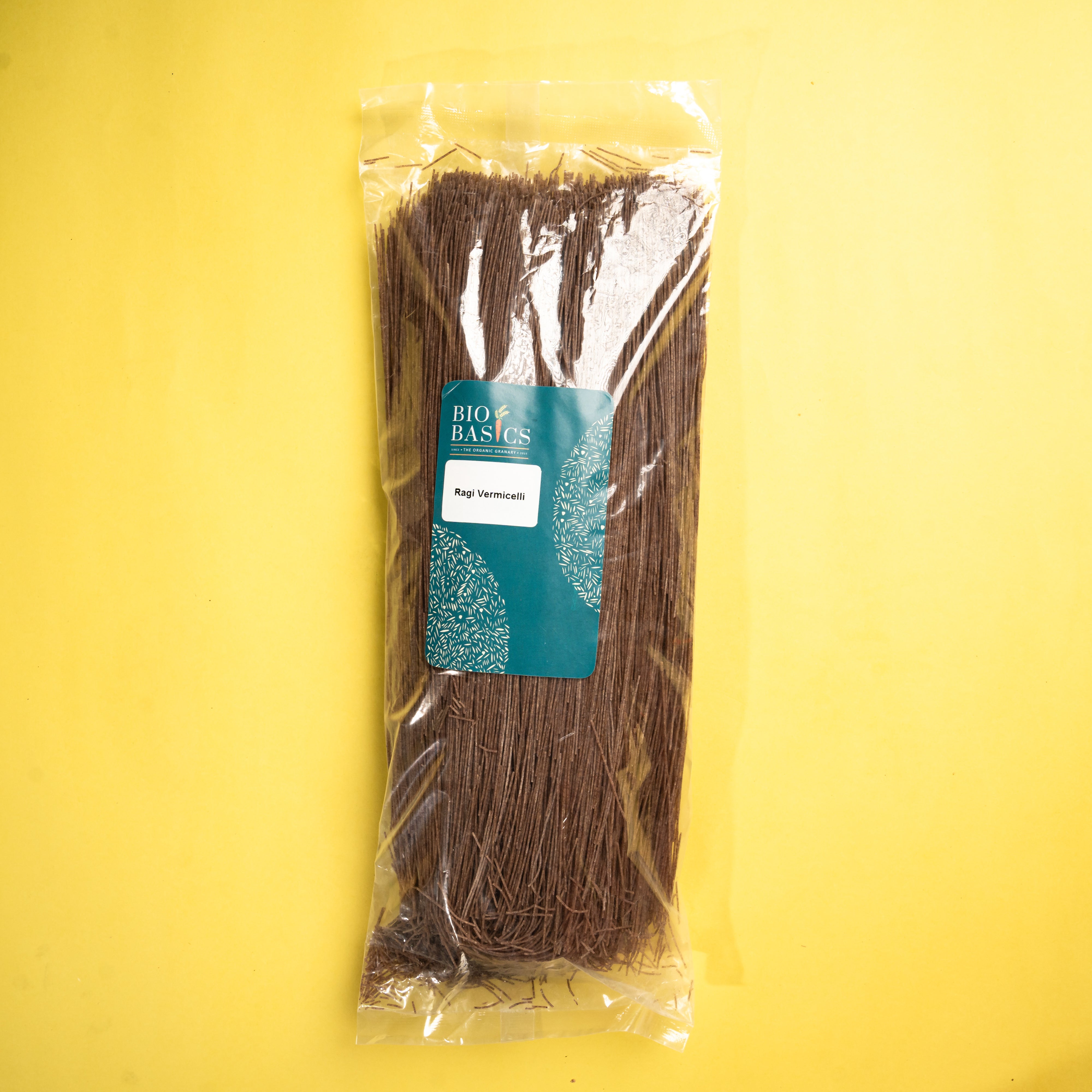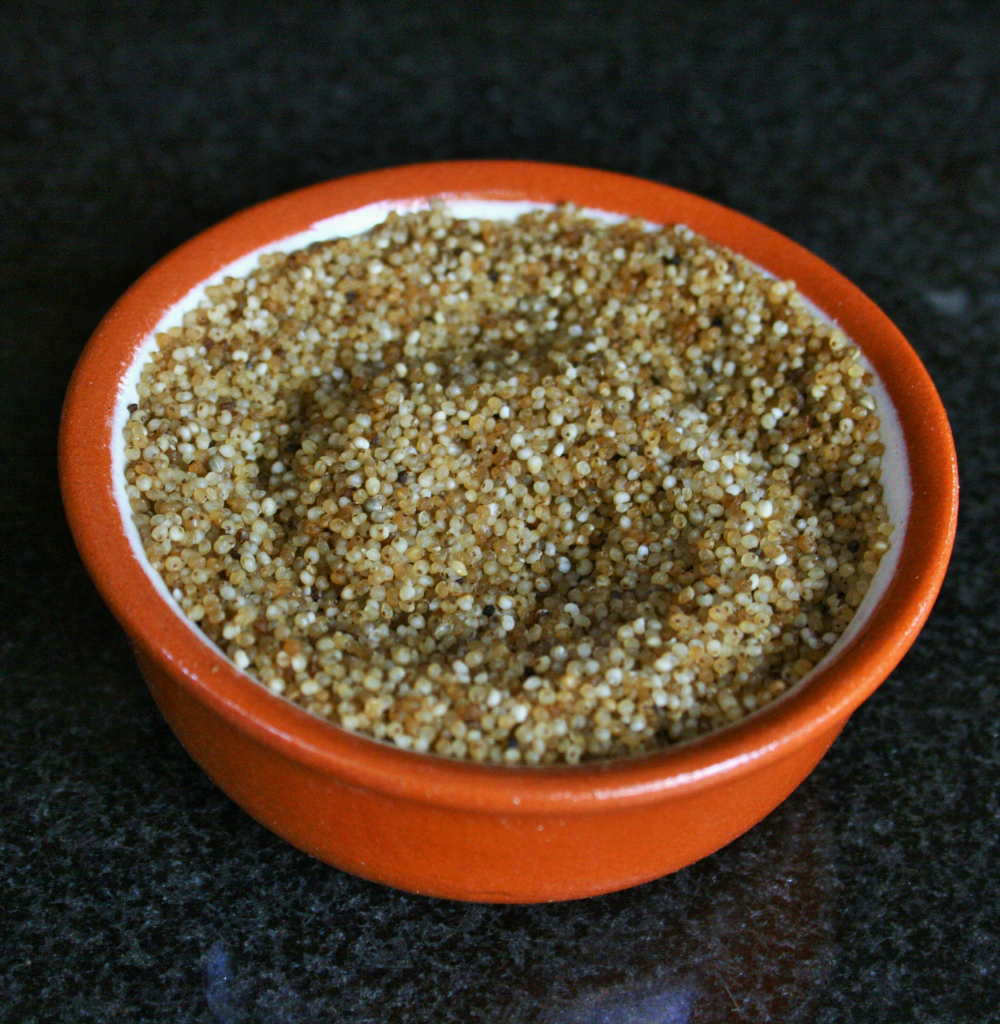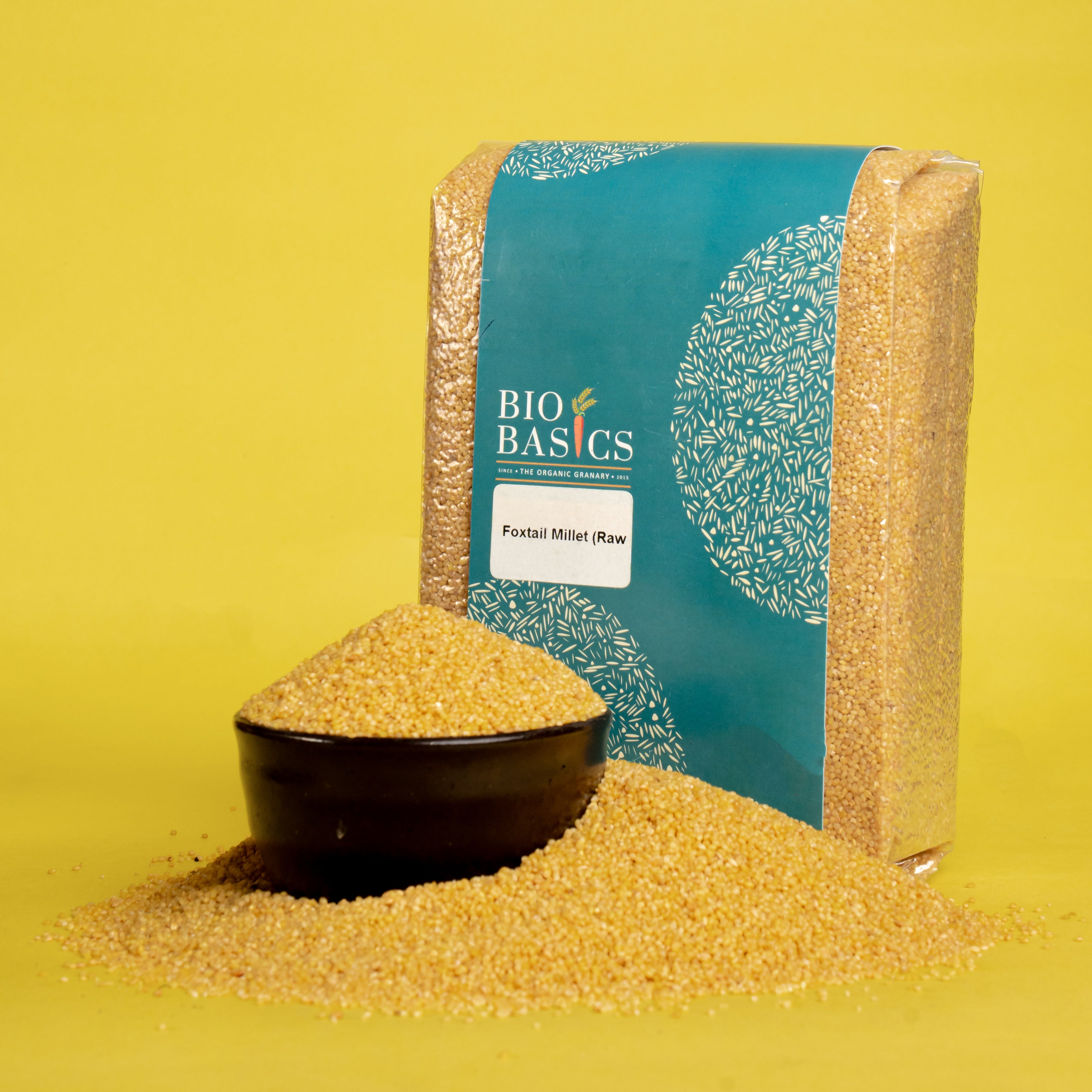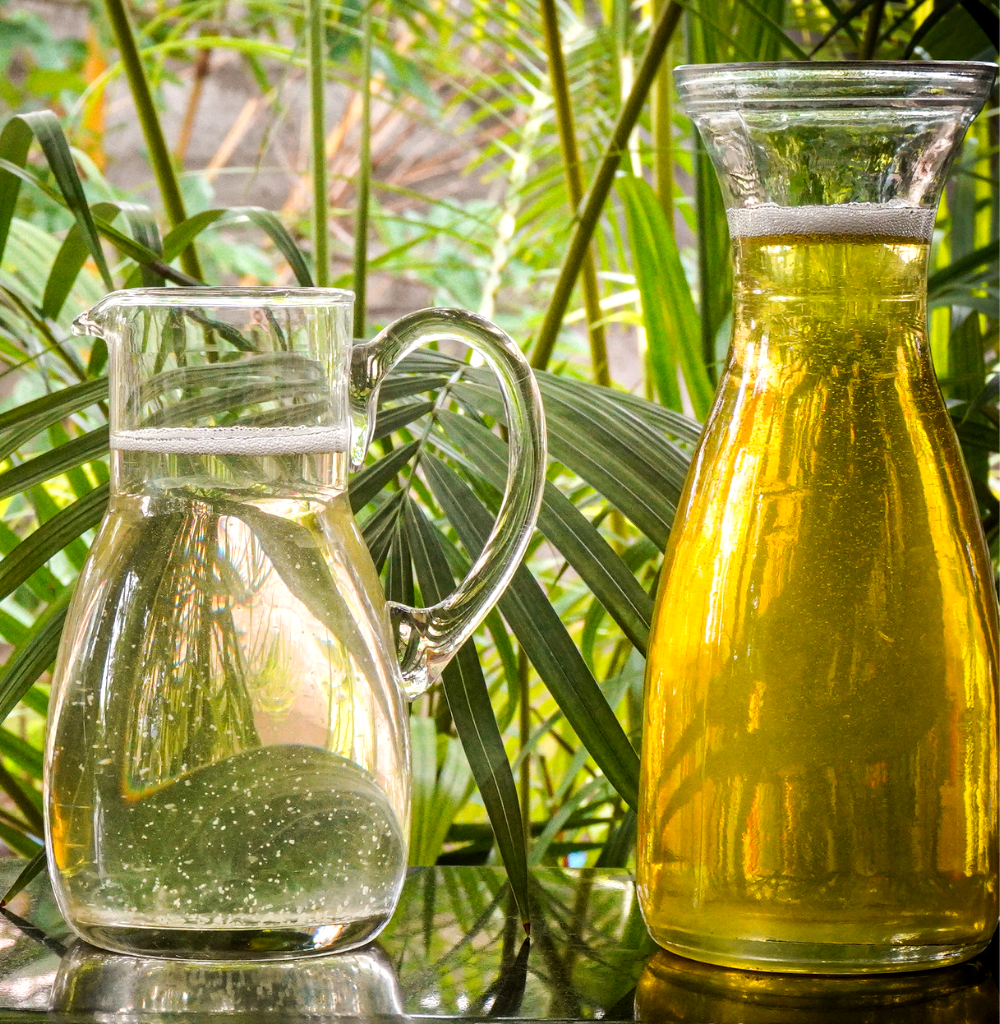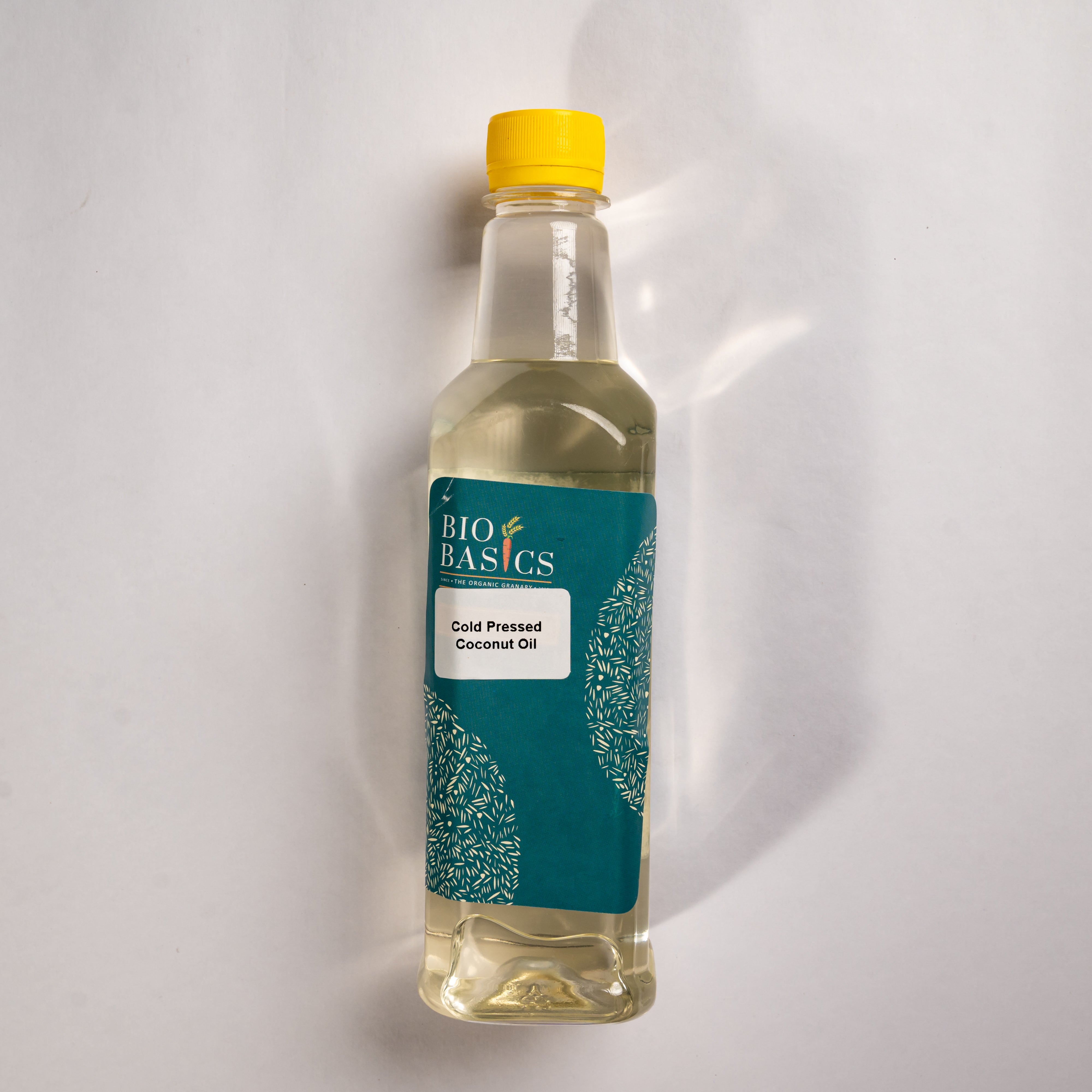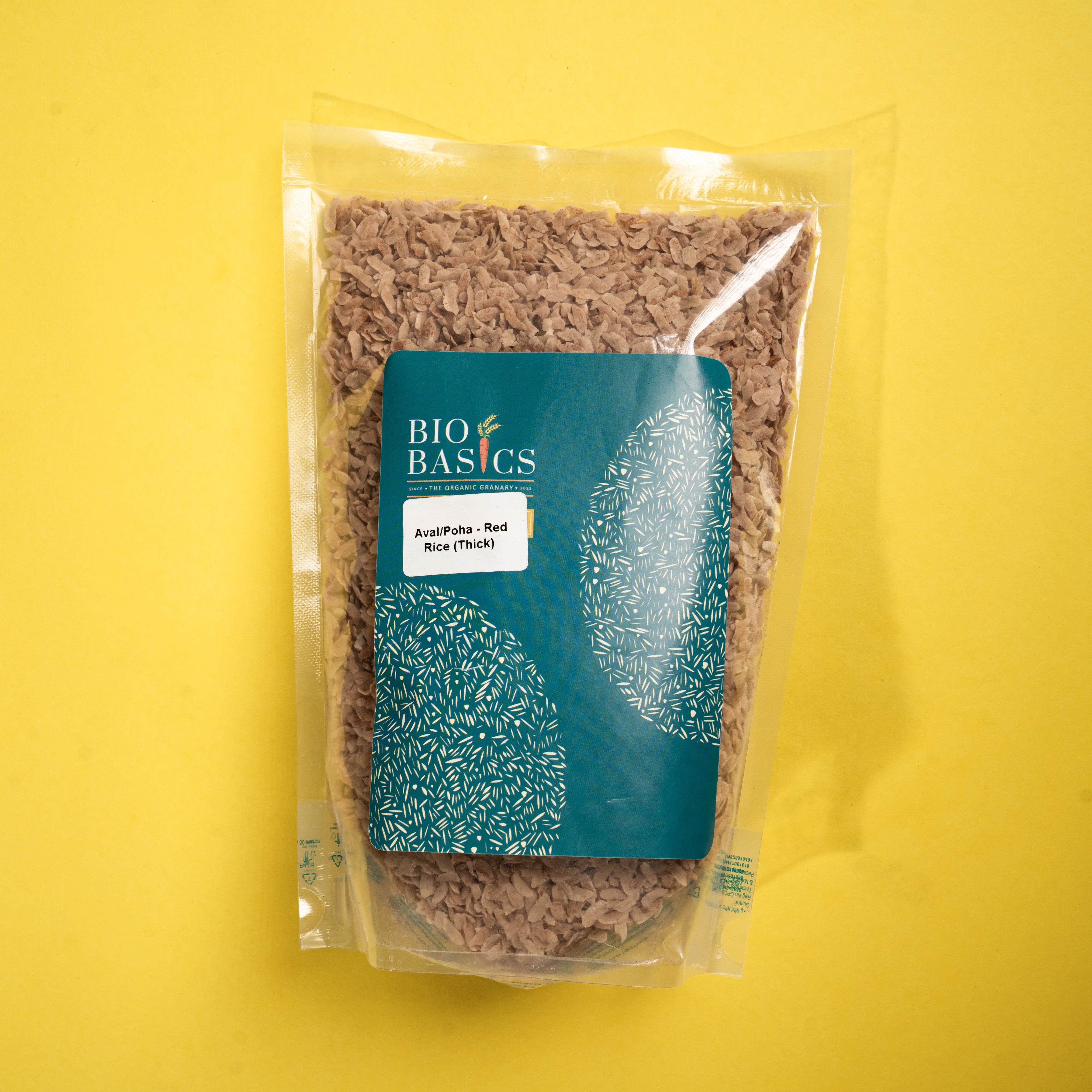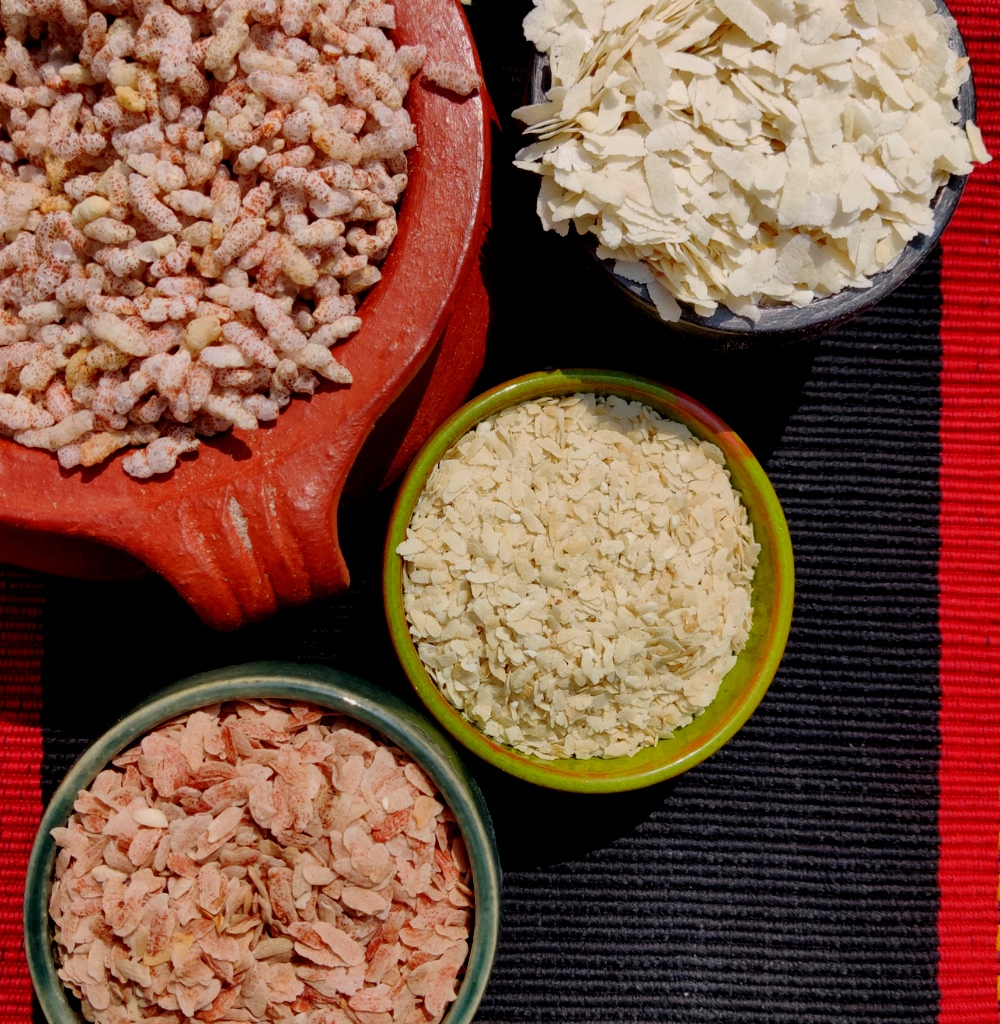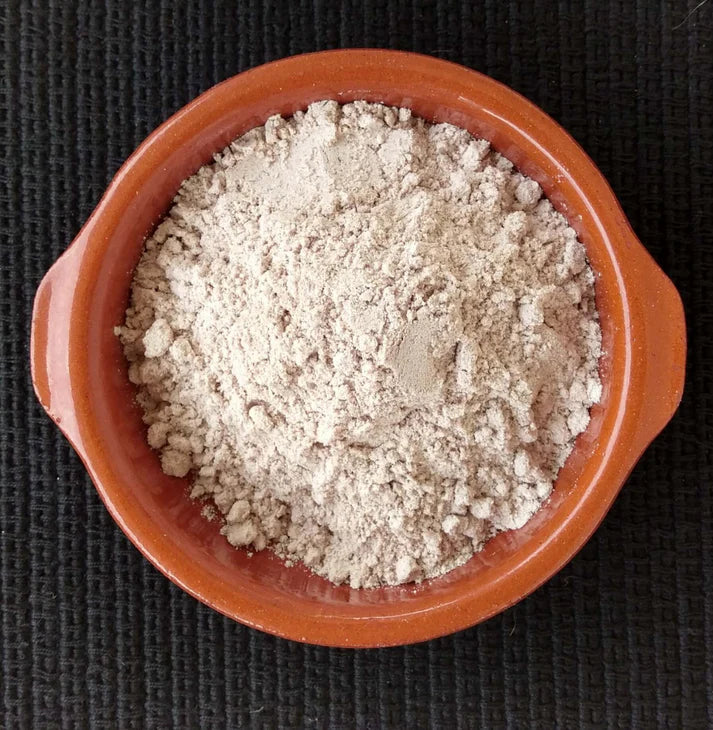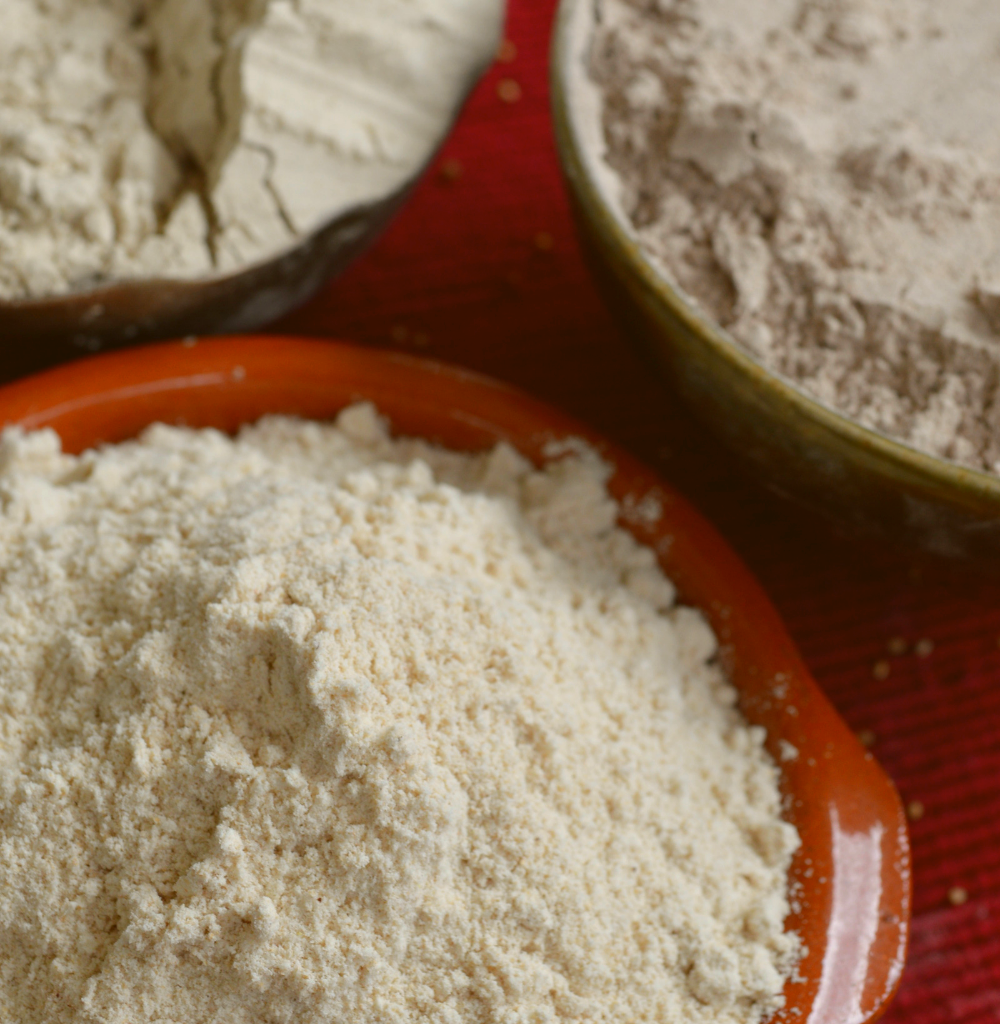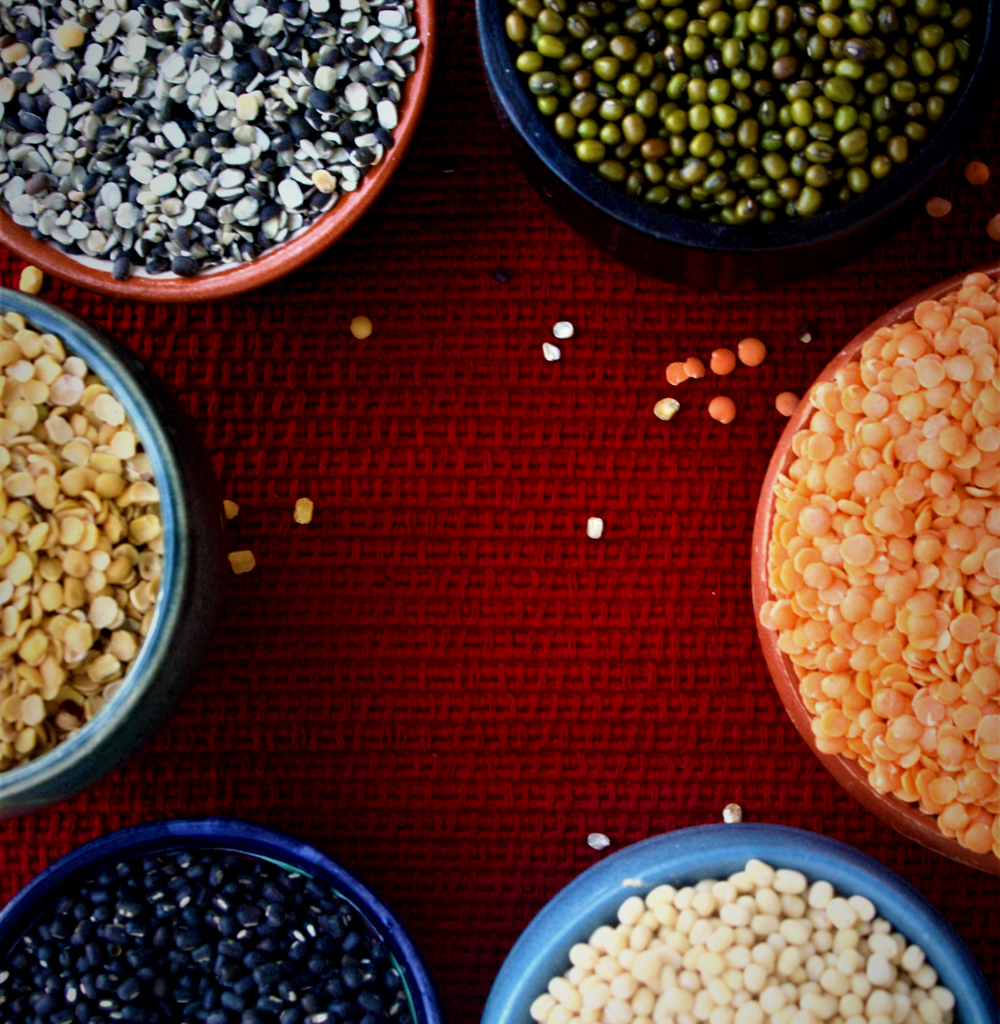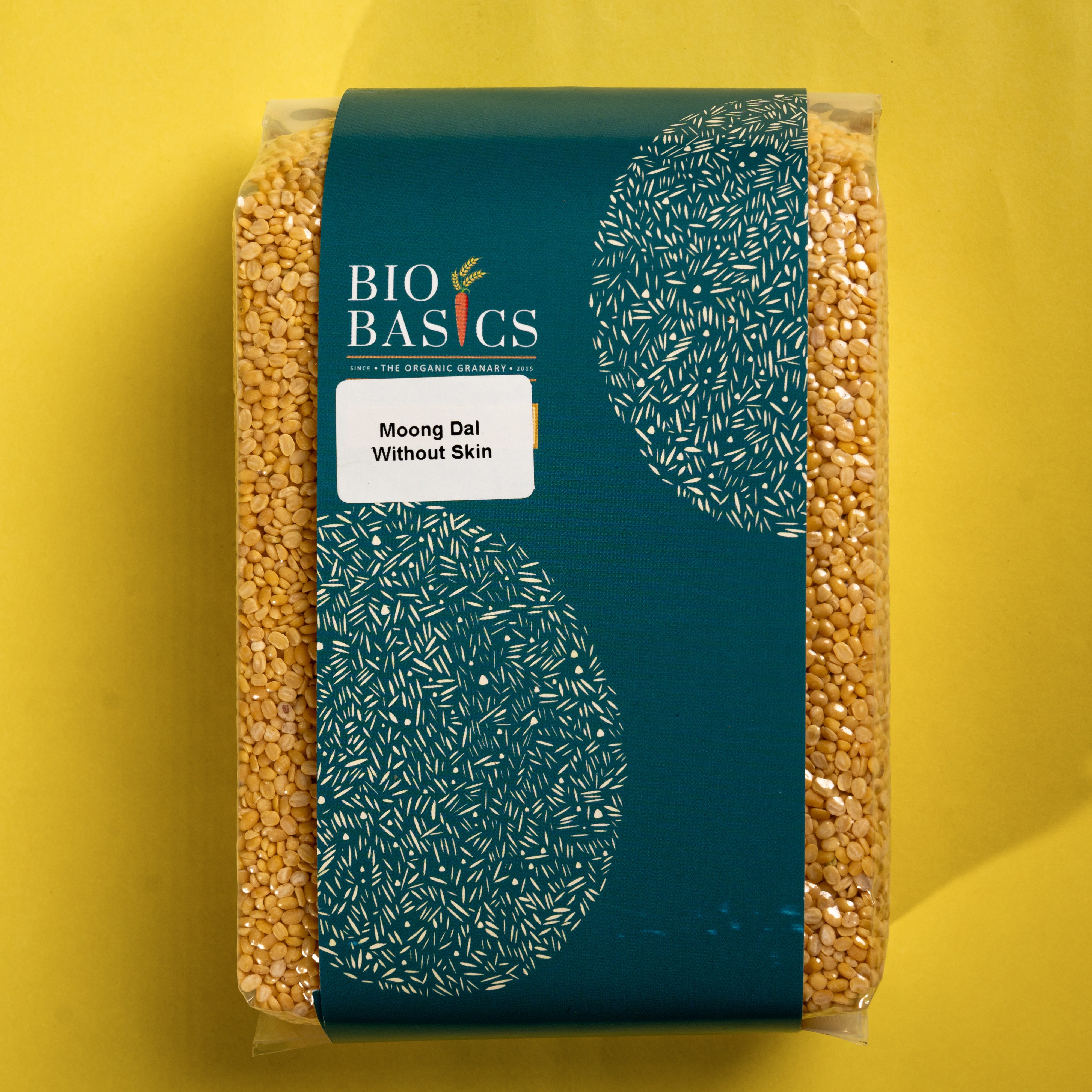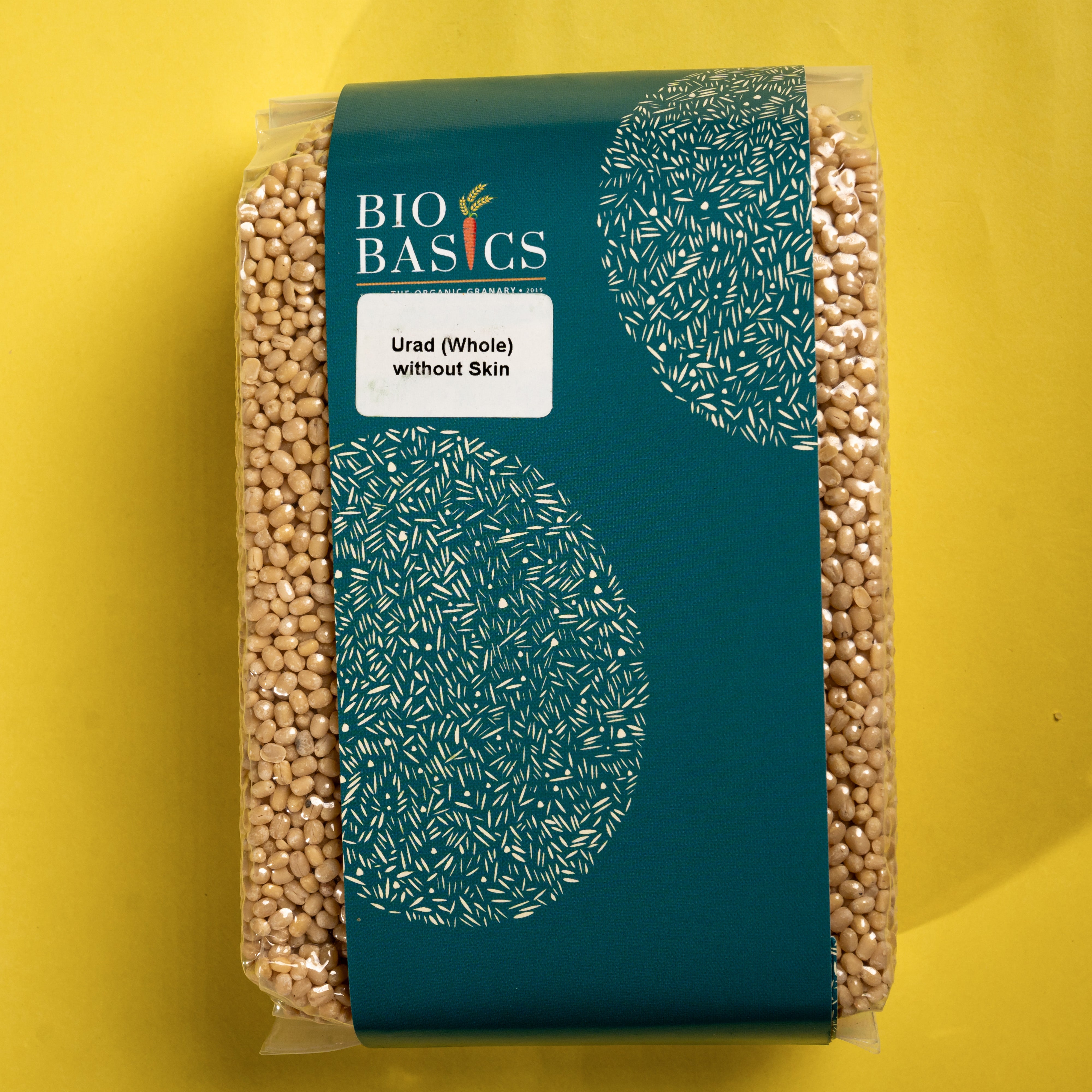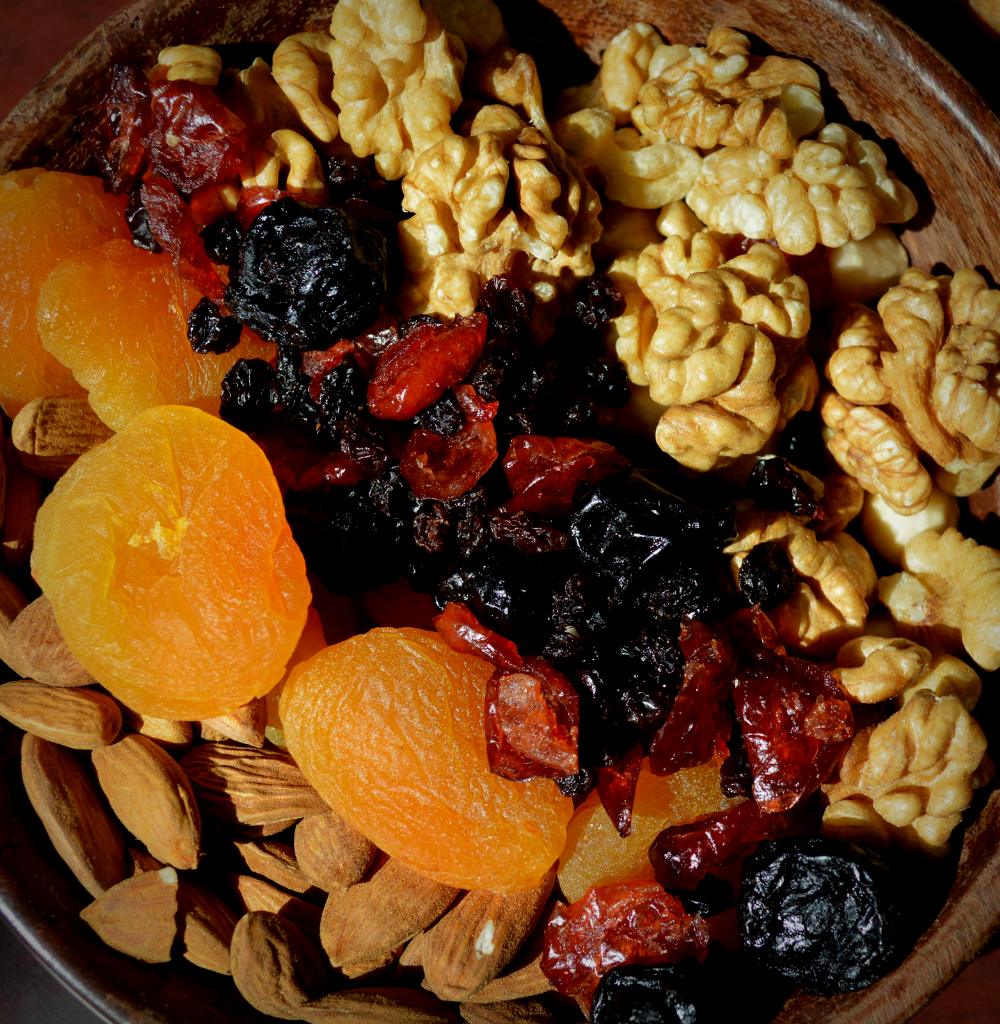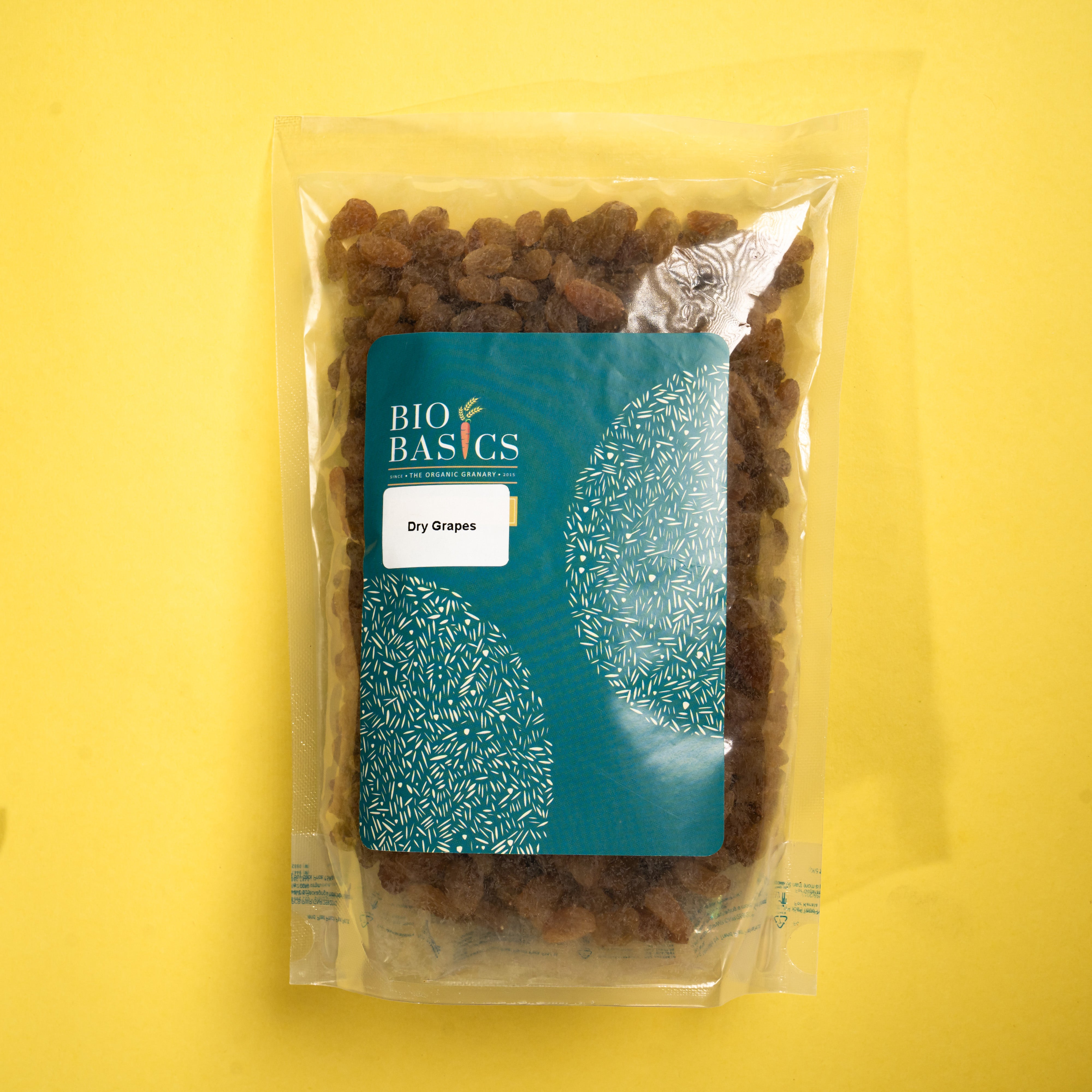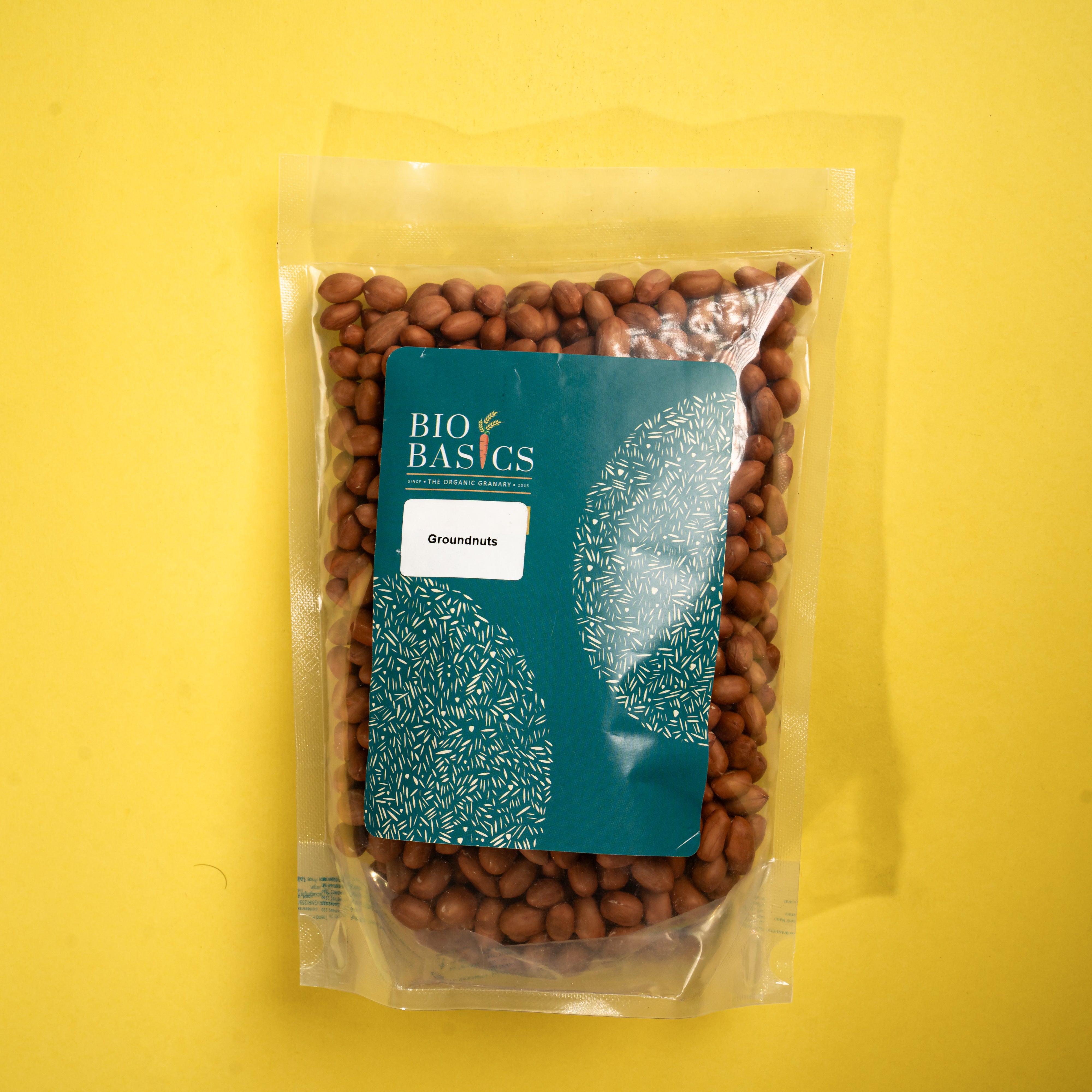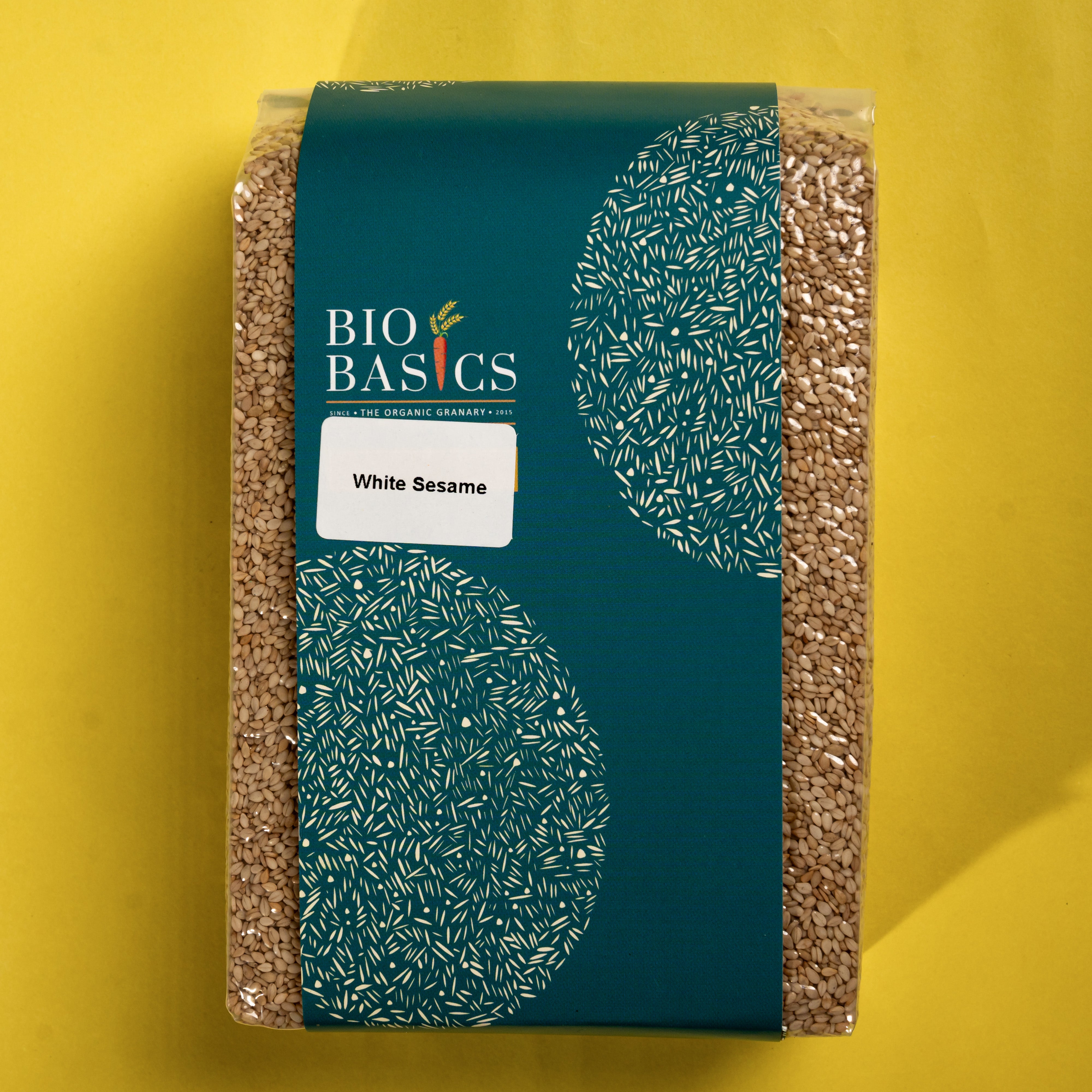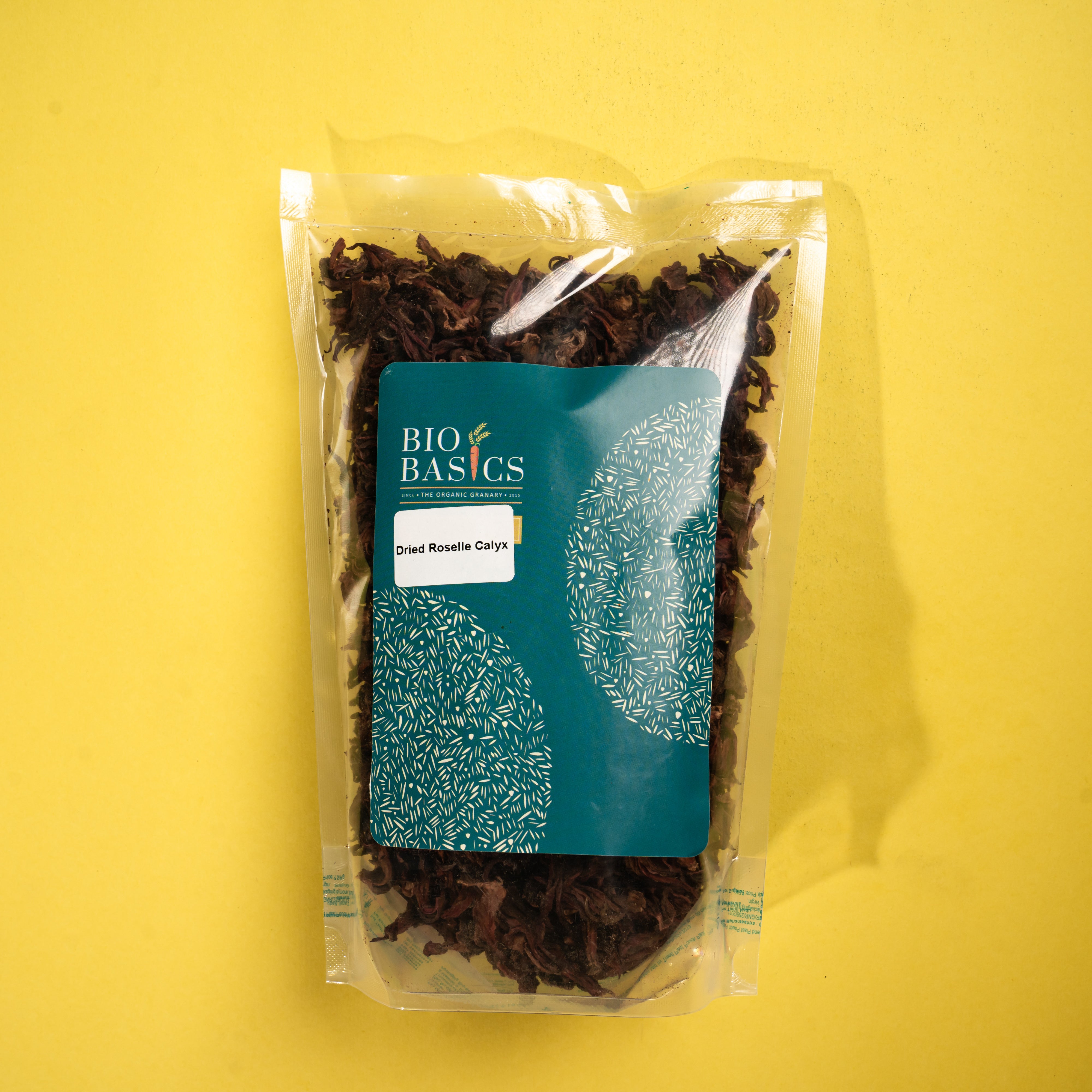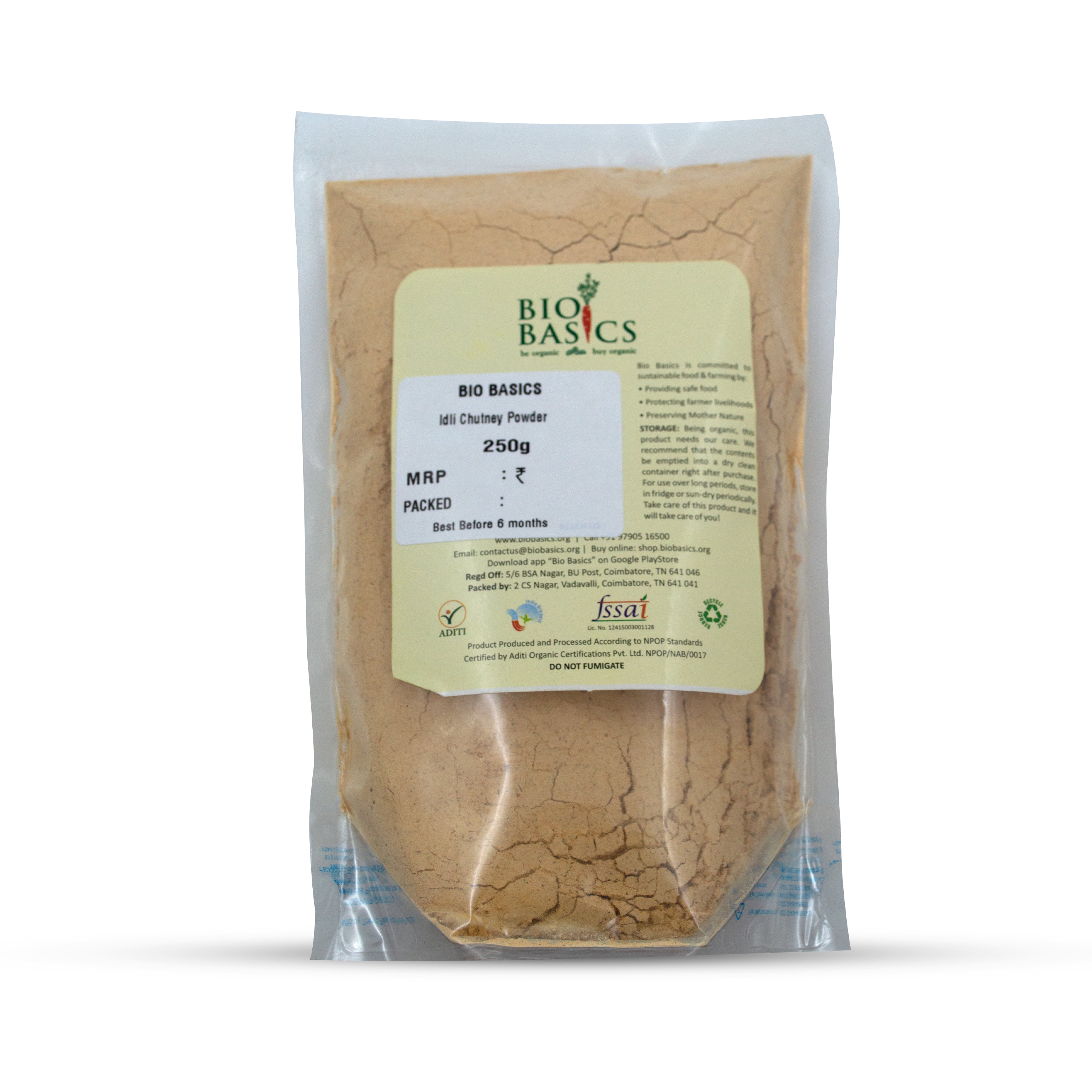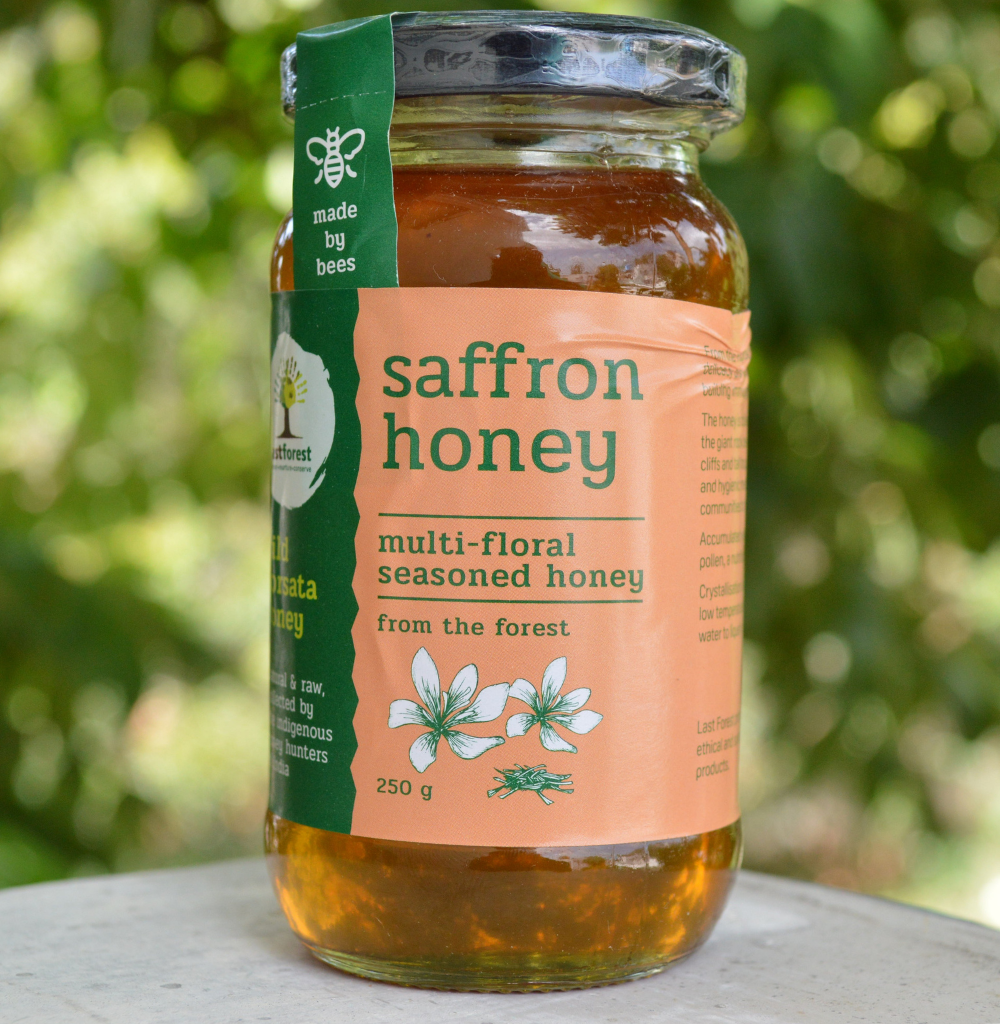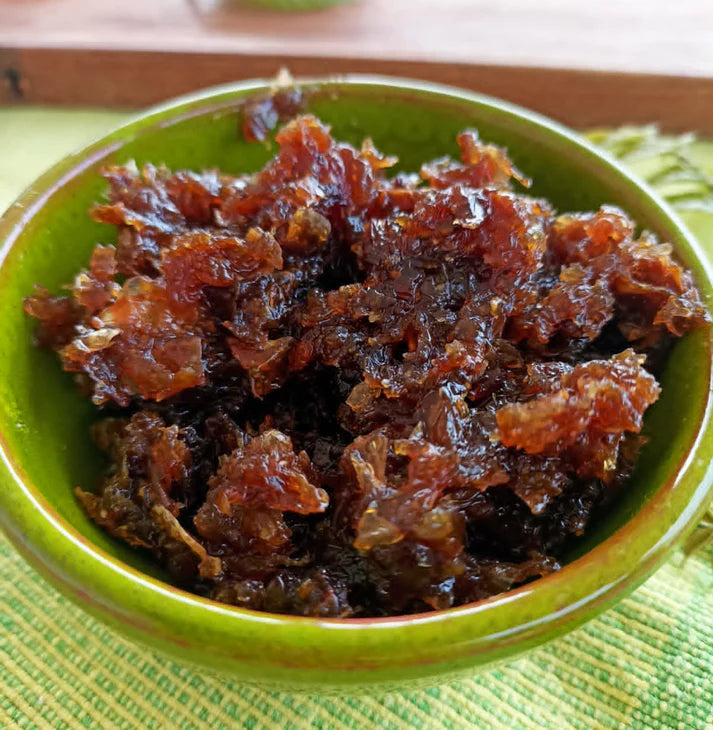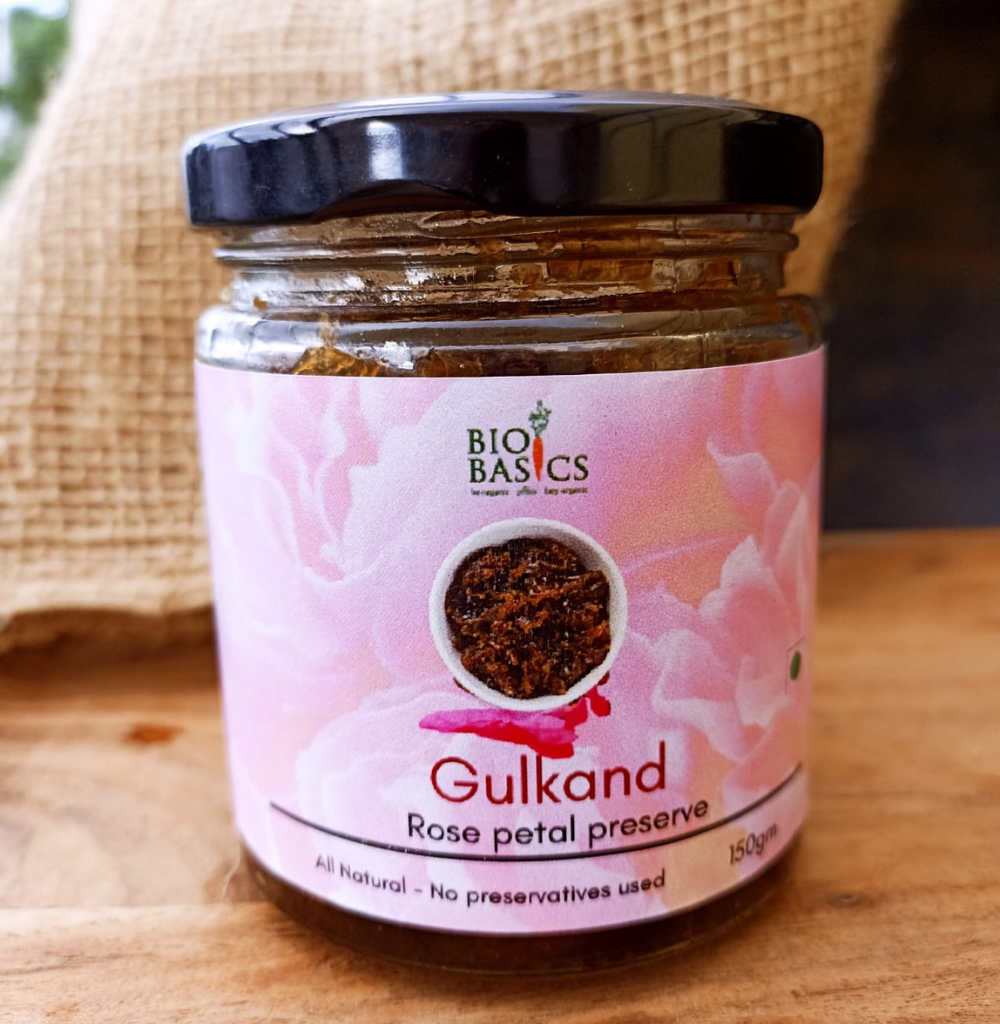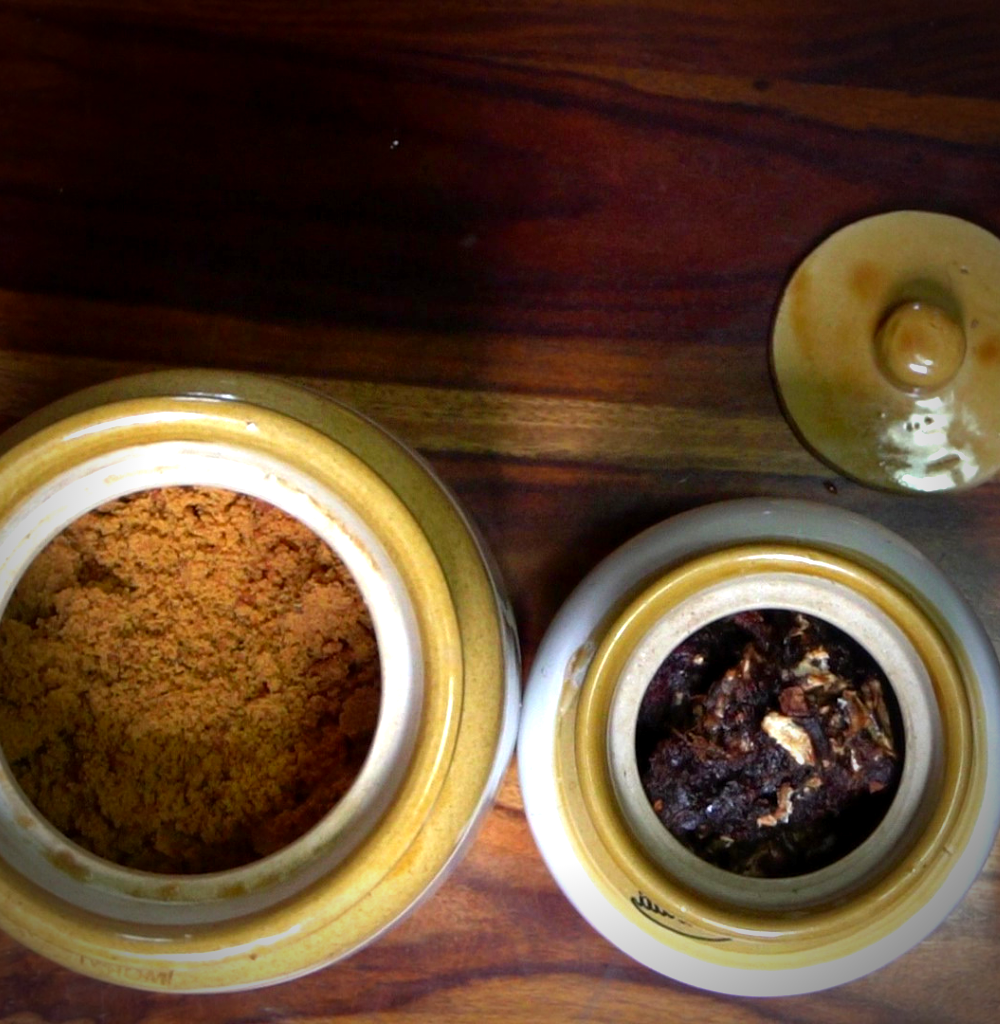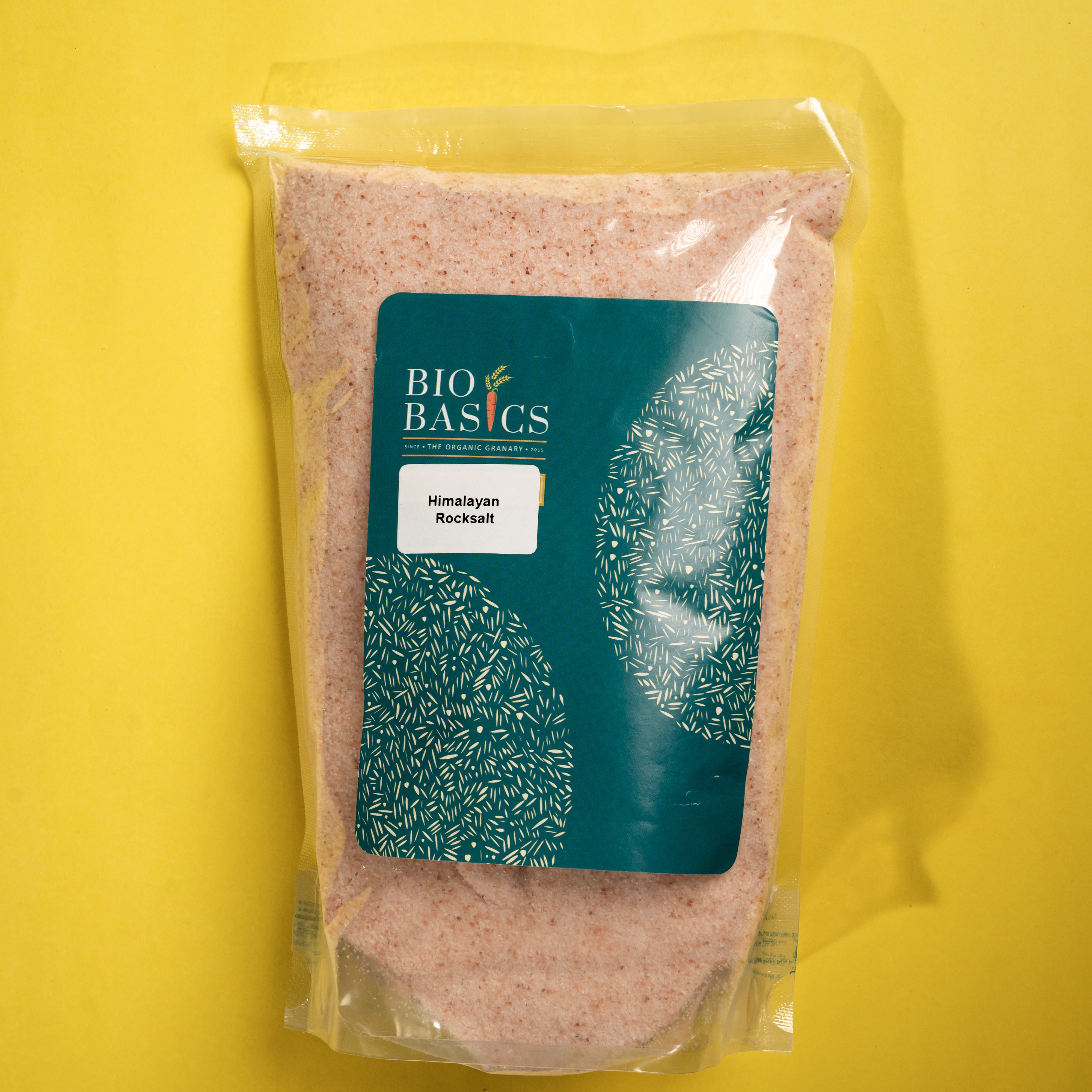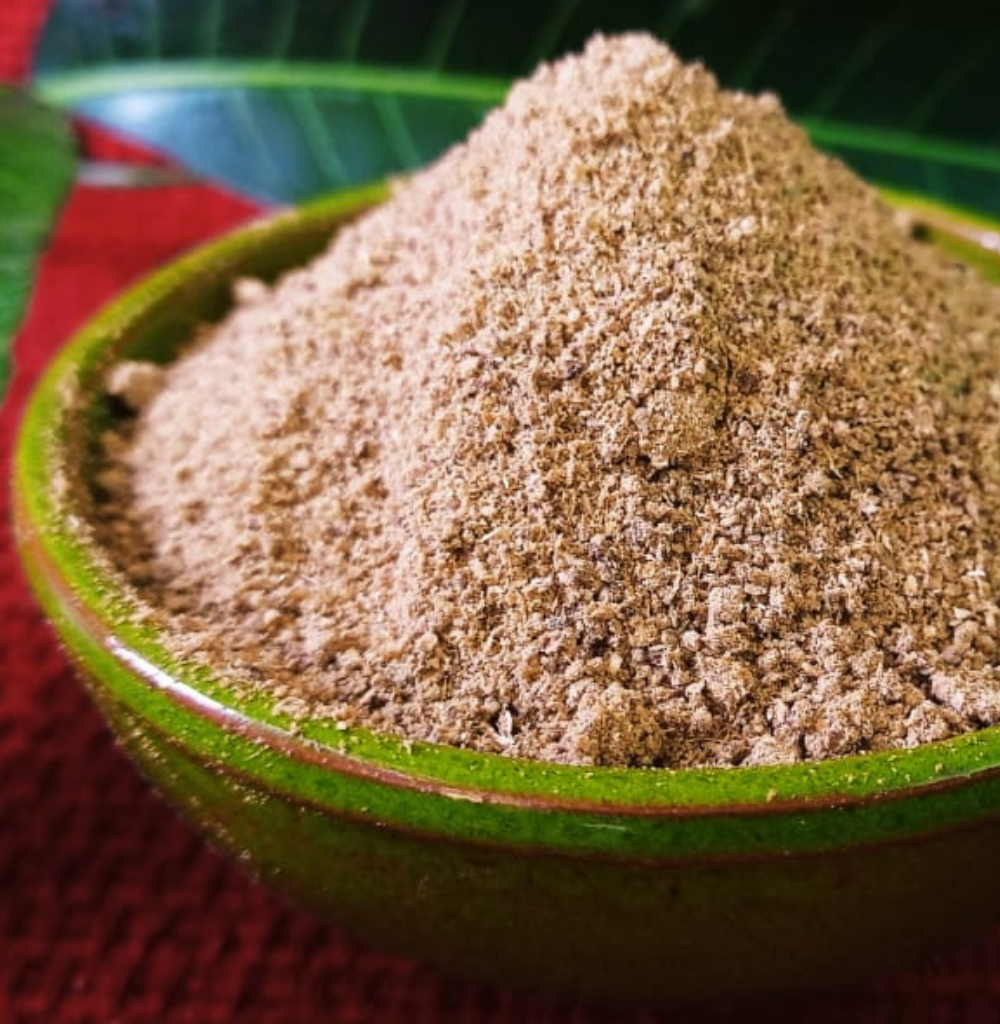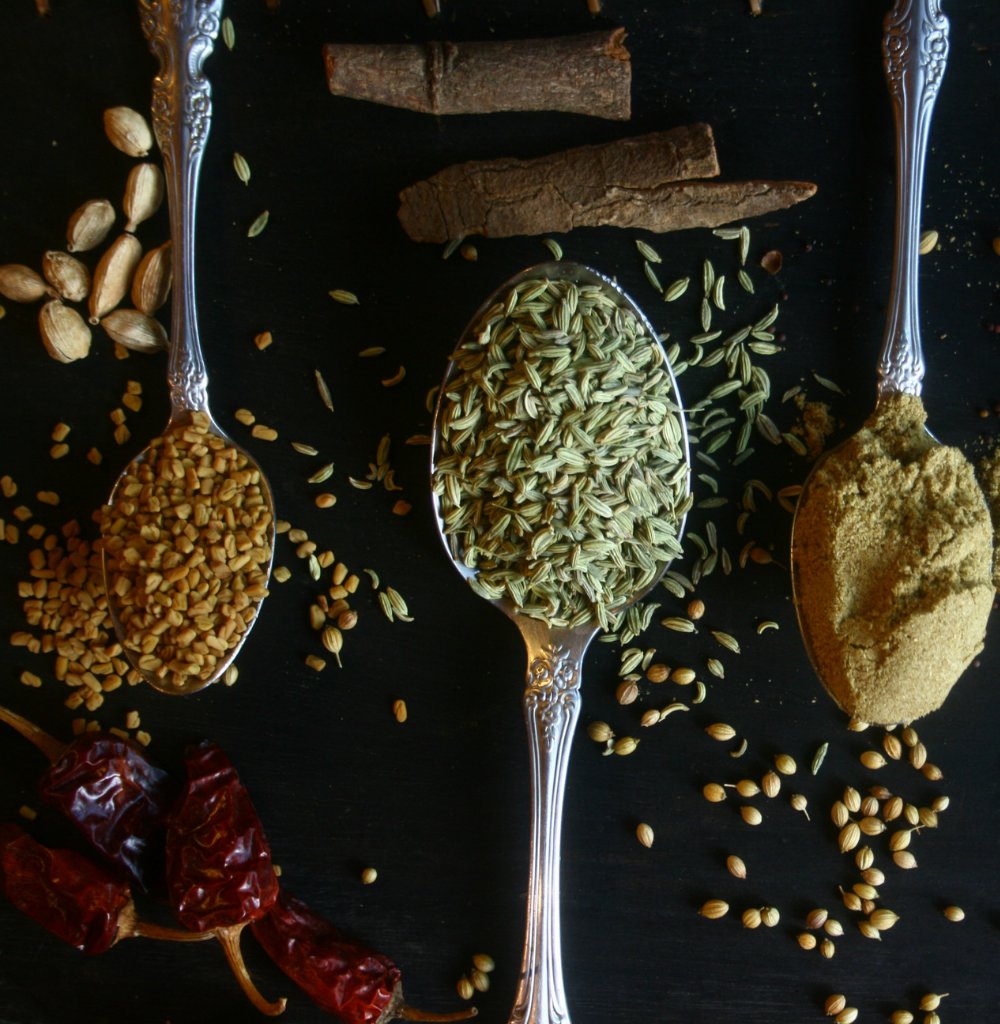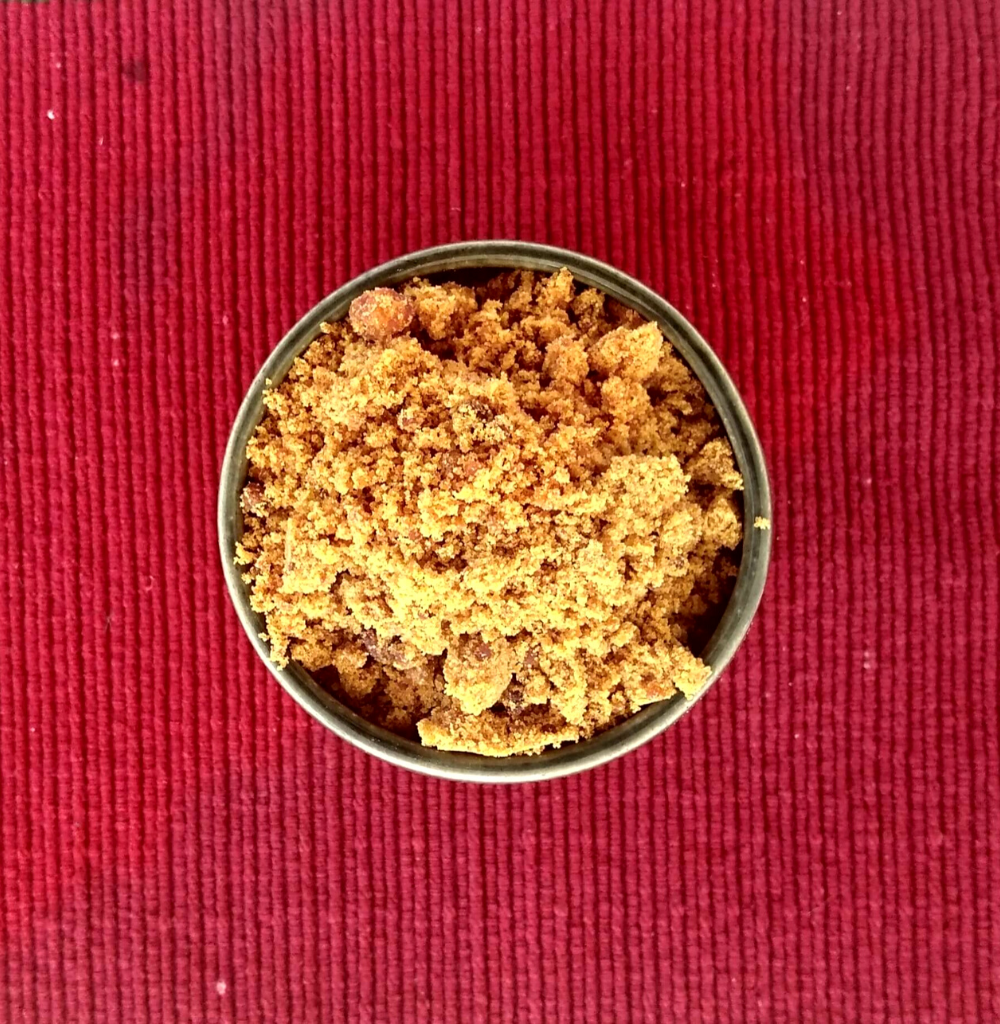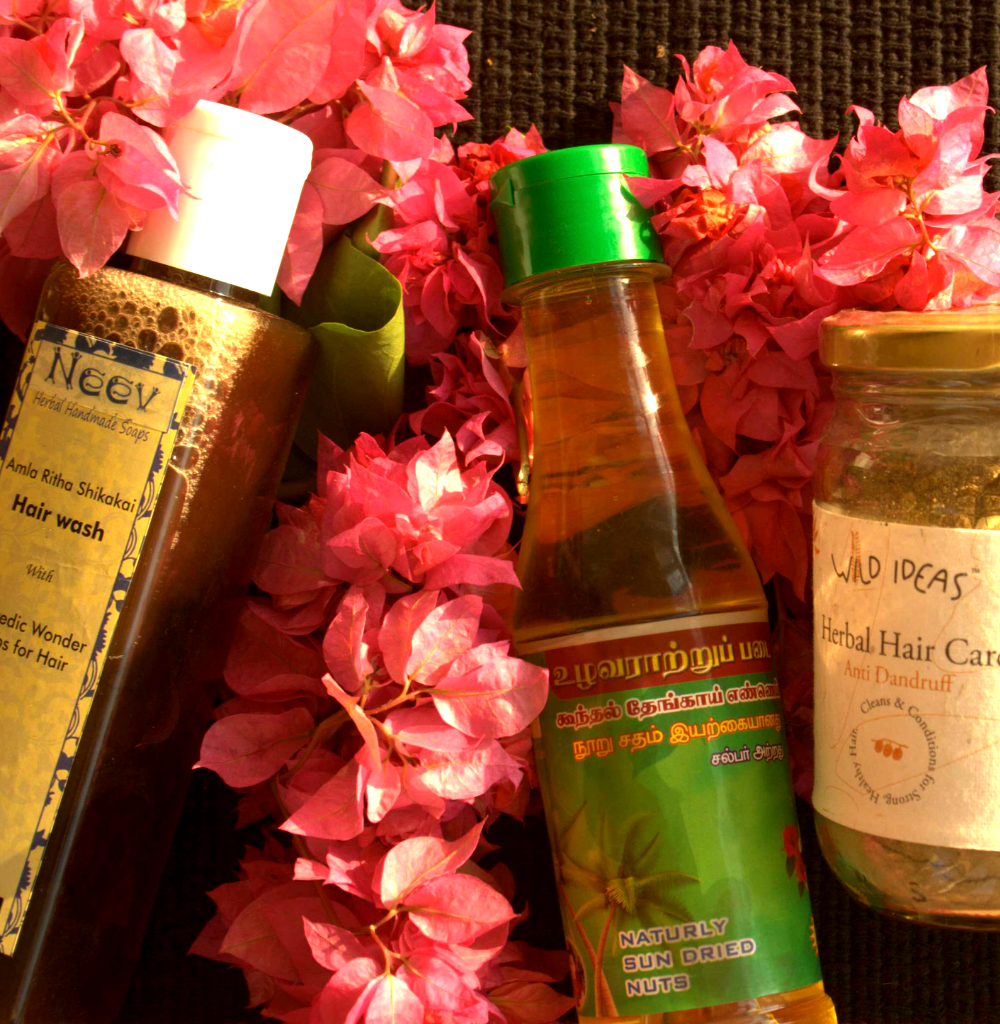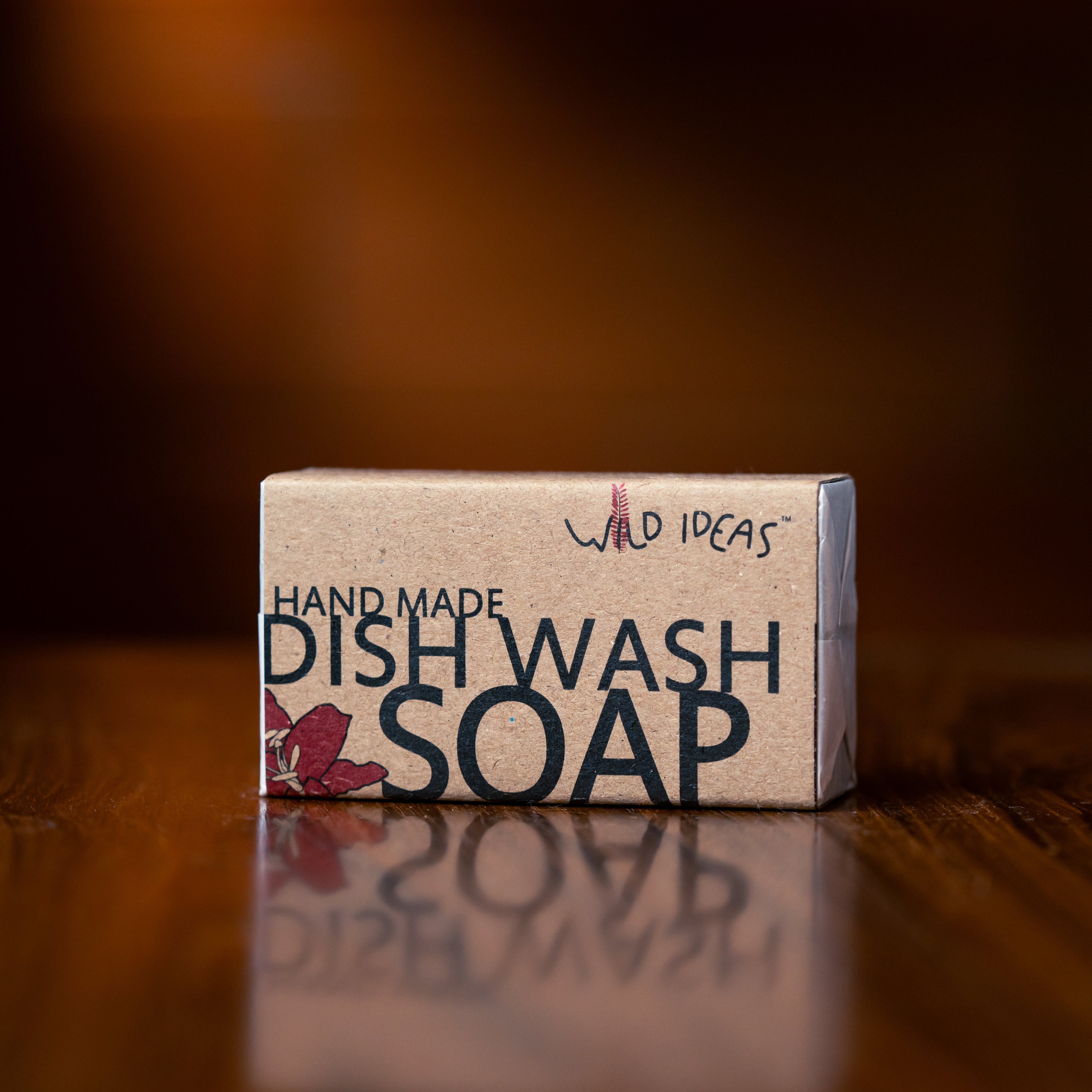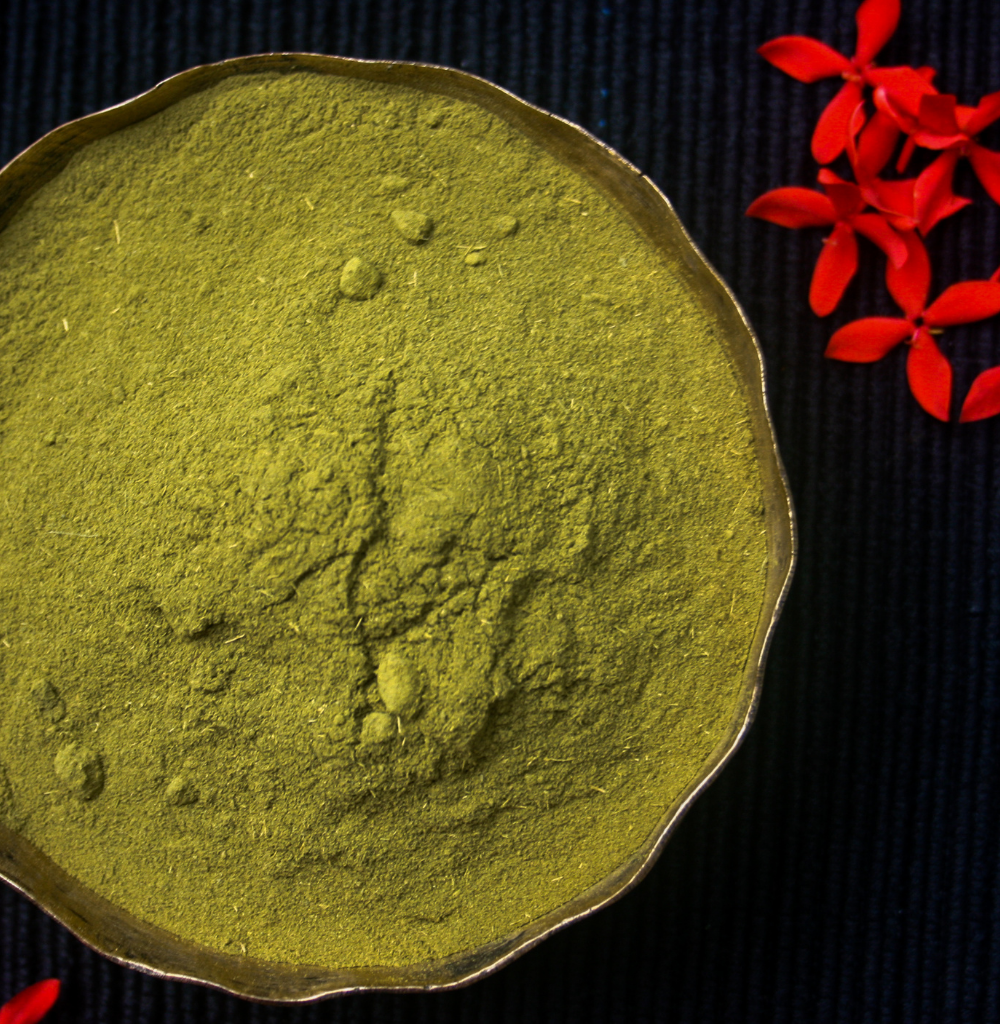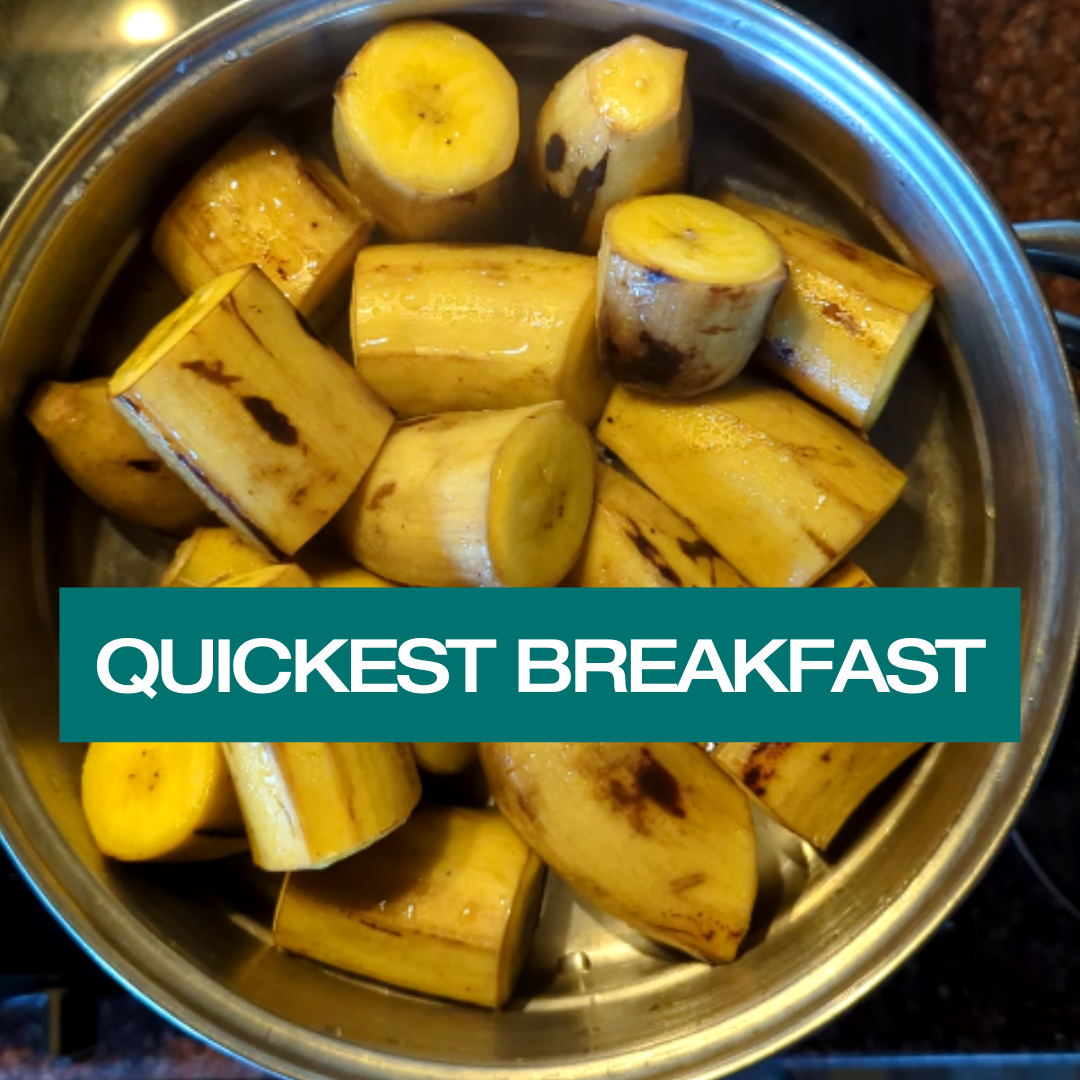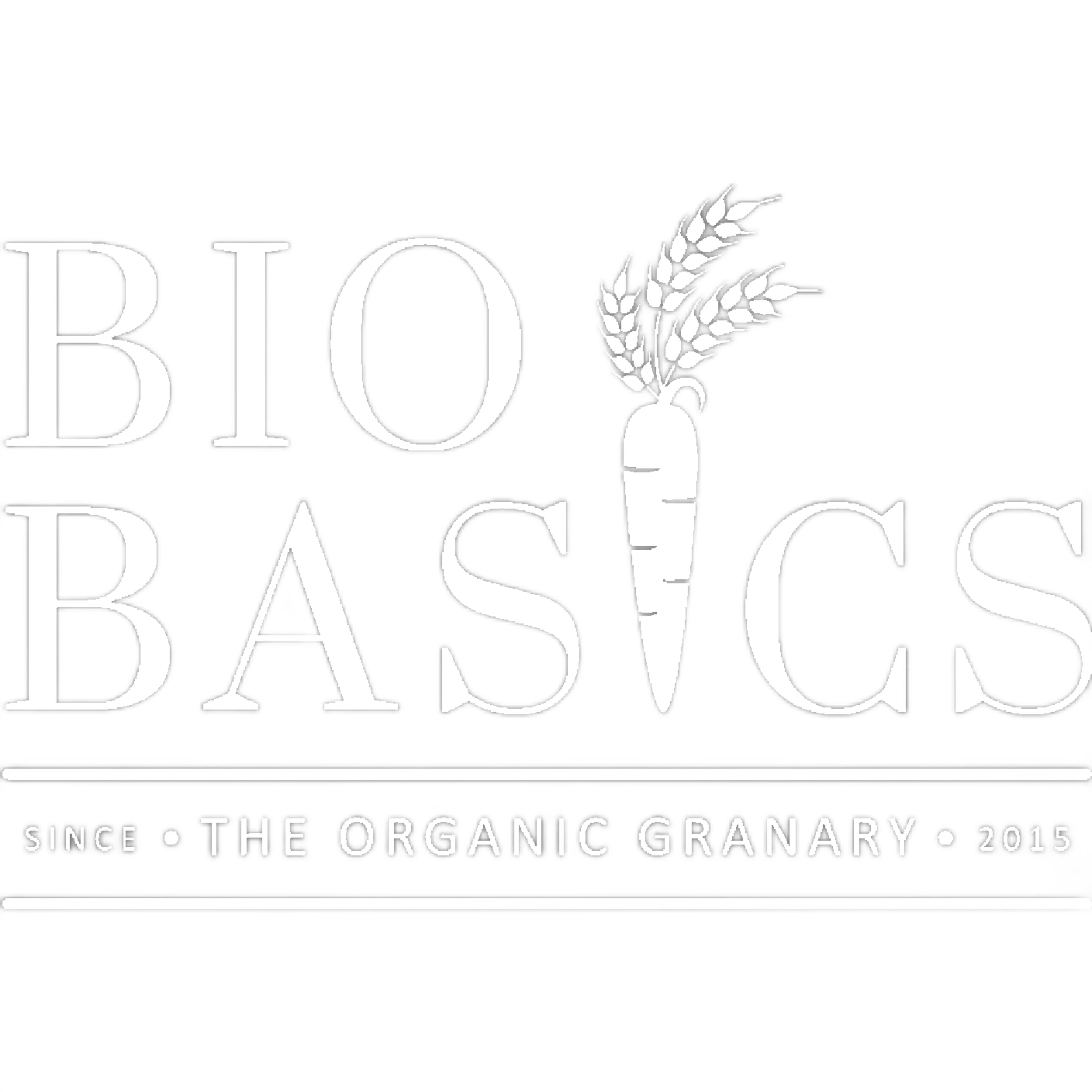Growing up in Pune, Maharashtra, I used to see real close upfront the celebrations of Ganesh Chaturthi at a scale probably unrivalled anywhere in India.
Thanks to Bal Gangadhar Tilak, who leaned on reviving this festival among the masses, whose souls were battered by the British, to breathe a sense of pride in our own traditions. That was over 100 years ago.
The cries of “Ganpati Bappa Morya”, a friendly hailing of a deity so dear to all, marks the 10-day festival, with so many festivities each day that it probably surpasses Diwali celebrations later in the year.
Emotions run high all through these ten days. Communities and colonies alike, take out processions parading the murti of Ganesh in all His glory, displaying their devotion according to their own means. Some are larger than life murtis, and some as small as what fits into one’s pooja room at home. The “visarjan” or the dissolution of the murti in 3 or 5 or 10 days (depending on what each community or family follows, again depending on their means) triggers tears, and anticipation of His coming next year. “Pudchya varshi laukar yaa” (Come soon next year!).
Down south, Vinayak chaturthi is celebrated as well with fervour, but not in as grand a fashion as in Maharashtra.
Such love, devotion articulated so respectfully in myriad ways. Not vying with each other. Not one homogenous way. To each his own. That diversity of thought and emotion is what is India, the land of diversity.
Be it the names used to describe Ganesh - Ganpati (Lord of the people), Vignesh (Lord of the obstacles), Vinayak (The one who leads); or the size of the murtis; or the duration of the celebration; or the colours used to represent Ganesh; or the material used to make the murtis, now increasingly becoming more biodegradable; or the different cultural tones across States. Such diversity for just one of the many festivals that are coming our way now.
The beauty of diversity lies in the fact that it allows individual expression, shaped by the context of the local. Just like each of us have finger-prints (or DNAs for that matter) unique to us alone. But it also signals coexistence, not just tolerance. Just as in Nature. And India is filled with such diversity at every nook and corner. And Nature is filled with the exact same diversity. The linearity of human thought ultimately transcended by the curves of Nature.
At Bio Basics, we celebrate this diversity. By building the most diverse granary in India.60+ varieties of rices, 10+ varieties of wheats and 10+ varieties of millets, aside from salts, sweeteners, souring agent and much more, which are both mainstream and alternate, thriving in coexistence.
Ingredients:
- 1 cup rice flour
- 1 cup liquid jaggery
- 1 cup grated coconut
- salt to taste
- Ghee - 1 tablespoon
Instructions of Making Modak :
- Dry roast the flour
- Roast coconut in ghee
- Mix the liquid jaggery with the roasted grated coconut
- Mix the flour in warm water with salt to taste.
- Make a dough of the flour like for rotis
- Make small balls of the coconut & liquid jaggery mix
- Take the modak mould and oil it lightly
- Fill with rice flour and then make a space in the middle to put in the small balls of coconut and jaggery
- Mold into shape
- Place the modaks into a steamer (with or without a banana leaf)
- Once all modaks are shaped
- Steam for 10- 12 minutes, switch off and your modaks are ready to be relished
Let us celebrate diversity this Chaturthi, like never before, and keep doing so all year around.
